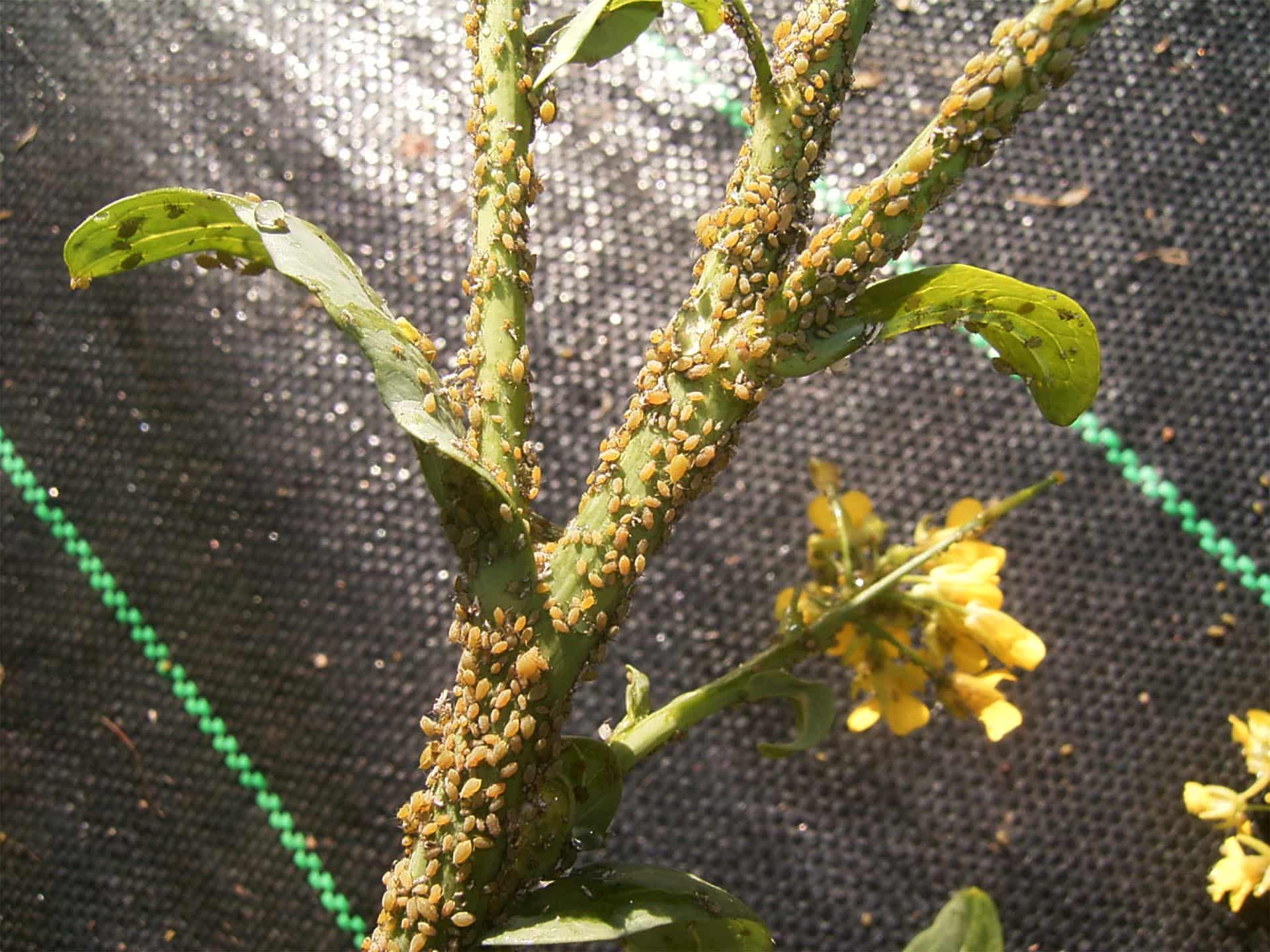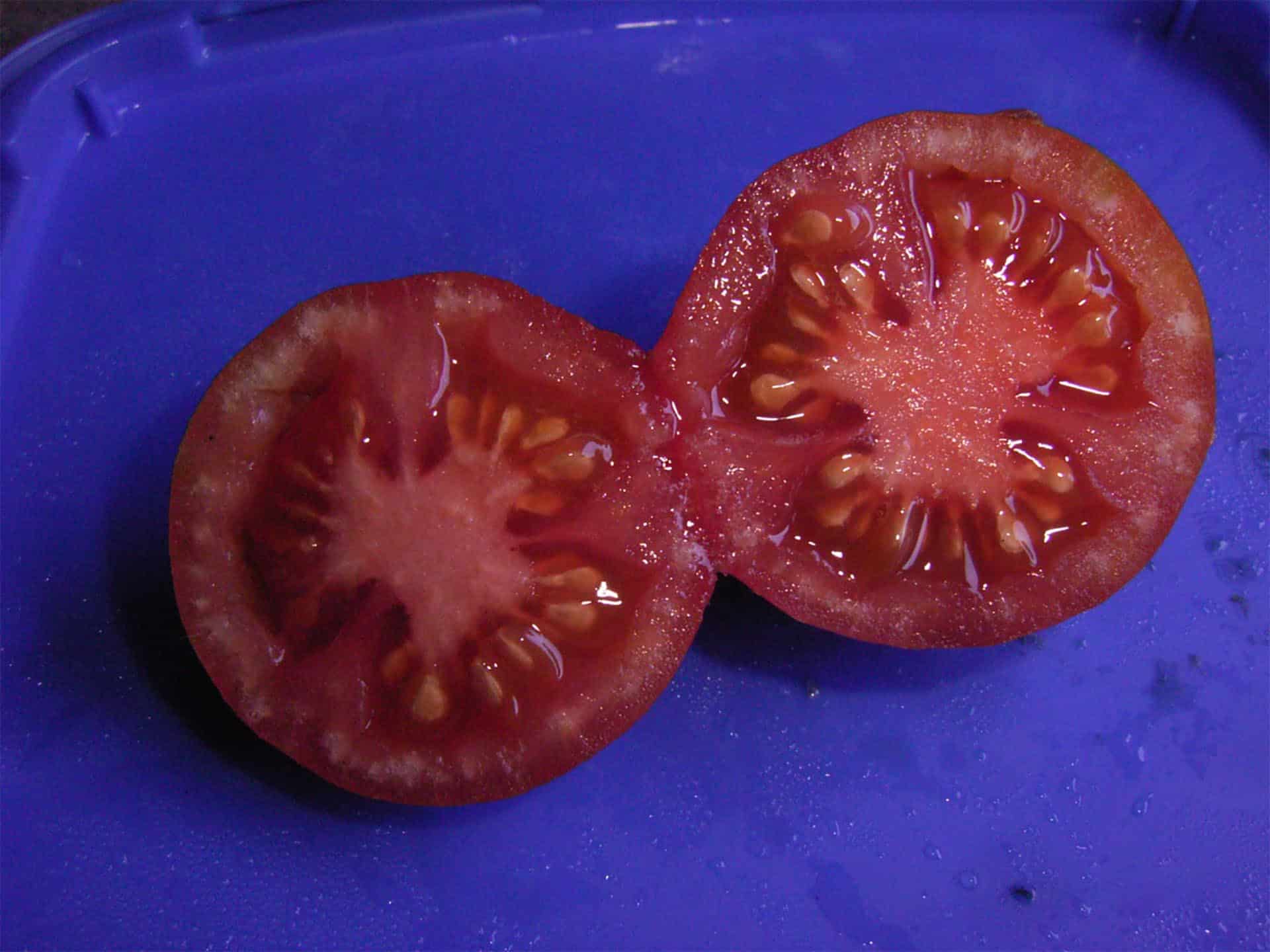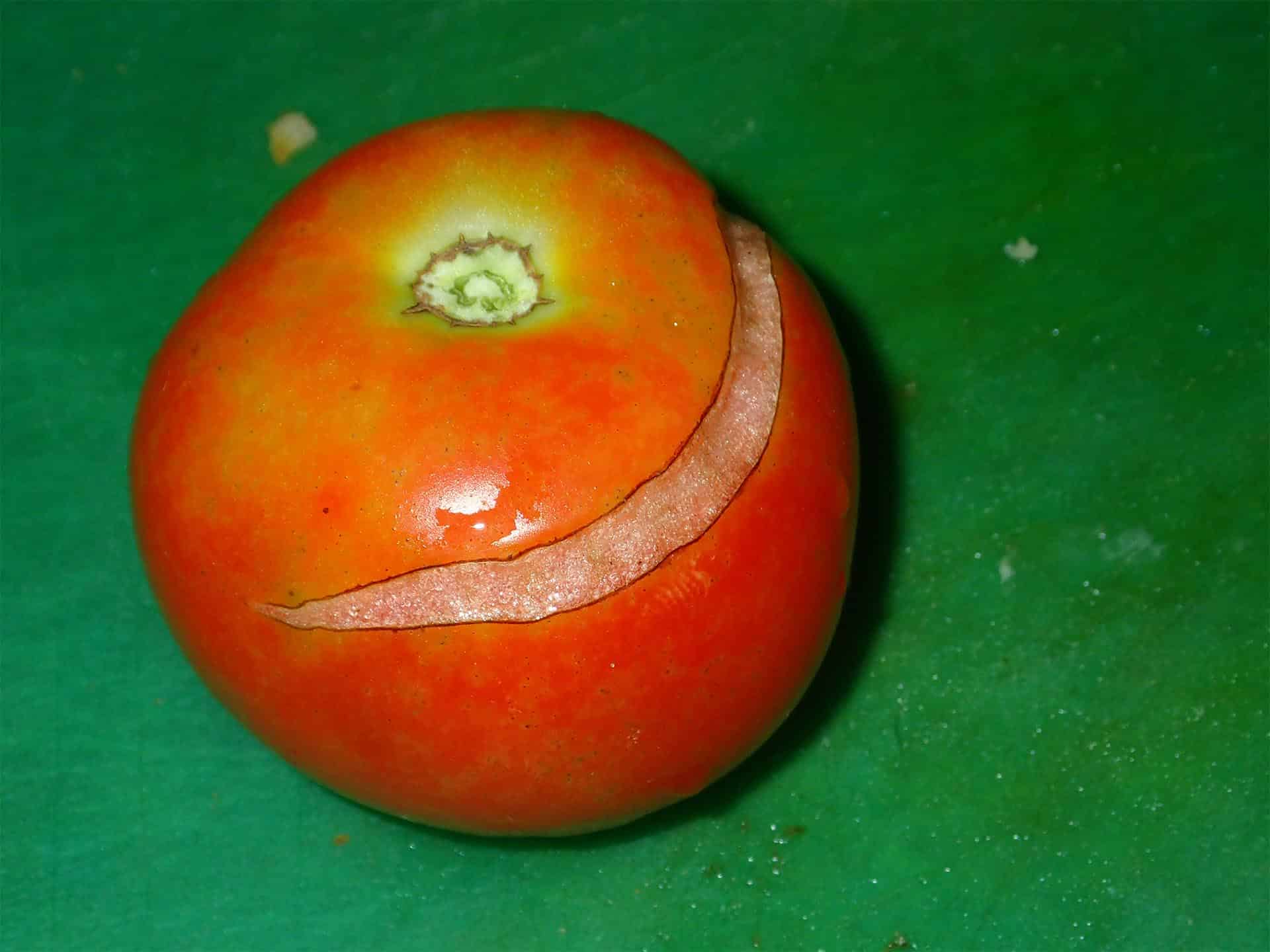Insects
Some pests do damage which makes it identifiable, such as the flea beetle which makes tiny round holes in the leaves, others are not so easy like caterpillars and grasshoppers which do similar damage.
Most of the time you will see the pest on the leaf, often on the underside, as they tend to stay around whilst they have a food source.
Some insects are not particular about which plants they feed on. Aphids, grasshoppers, leafhoppers, nematodes, snails and slugs will attack most vegetables. Insects such as caterpillars, mites (not insects but included as pests) and weevils will be more host specific.
Many pests can be found on the underside of leaves. It is a good idea to get into the habit of looking there so you can see them before they do too much damage.
Asparagus
Common pests:
Two spotted mites - yellow stippling on leaves; webbing, mites mainly on underside of leaves; plants can be stunted and reduced yield.
Garden weevil -stems and foliage chewed
White fringed weevil - stems and foliage chewed
Avocado
Avocado trees are also prone to fungal diseases.
Common pests:
- Mirid bug (Helopeltis) also called tea mosquito- similar damage as that of fruit spotting bug- sunken brown spotting-deformed new growth of leaves.
- Fruit- spotting bug - sunken brown spotting-deformed new growth of leaves-hard lumps in the fruit.
- Banana-spotting bug - same as with fruit spotting bug.
- Queensland fruit fly - fly lays eggs in fruit.
- Red banded thrips - suck on leaves and fruit.
- Monolepta beetle - feed on leaves.
- Swarming leaf beetles - damage new leaf growth and developing fruit.
- Leaf roller - moth larvae roll leaves and form webbing, feeding on leaves and fruit.
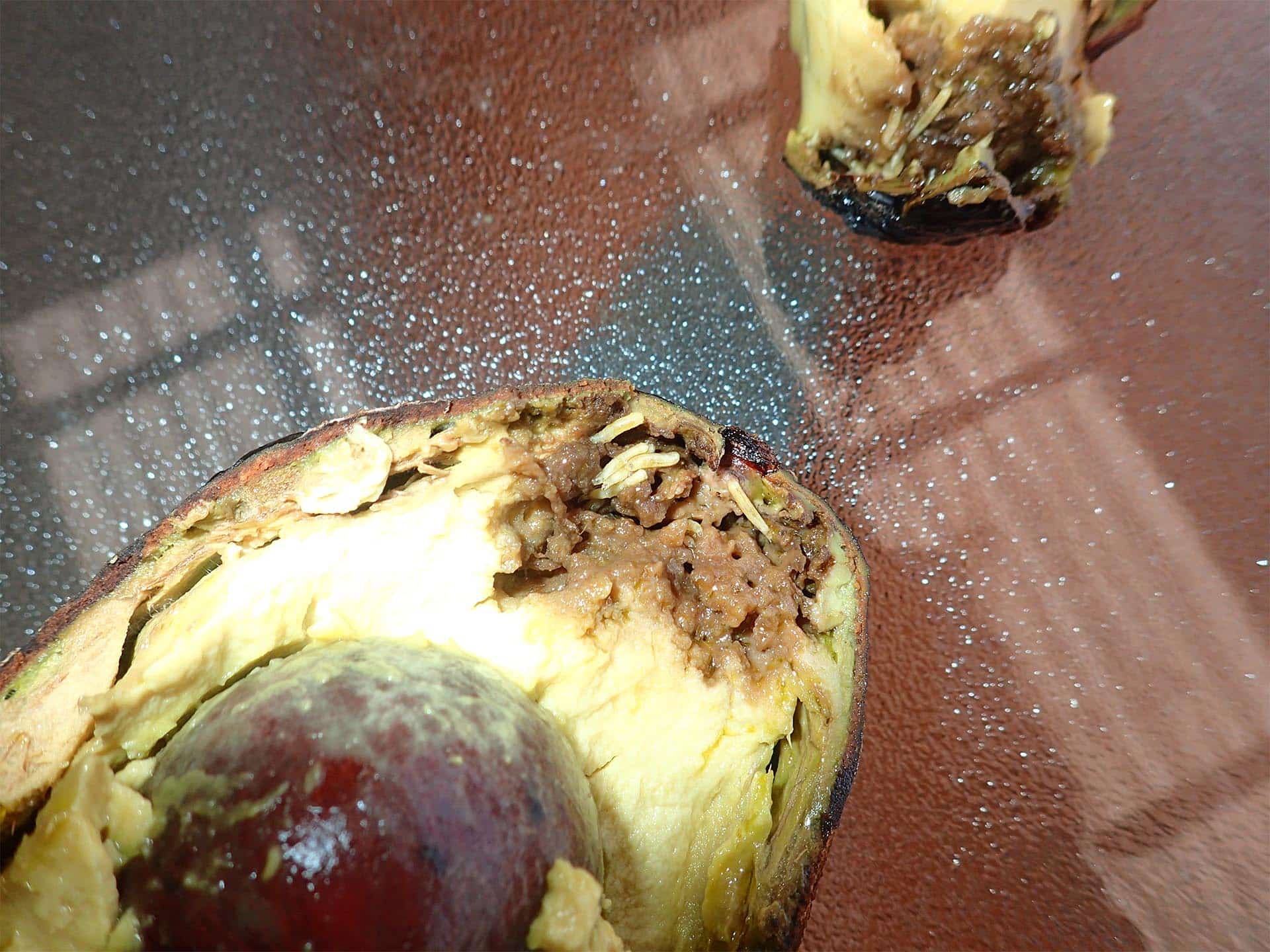
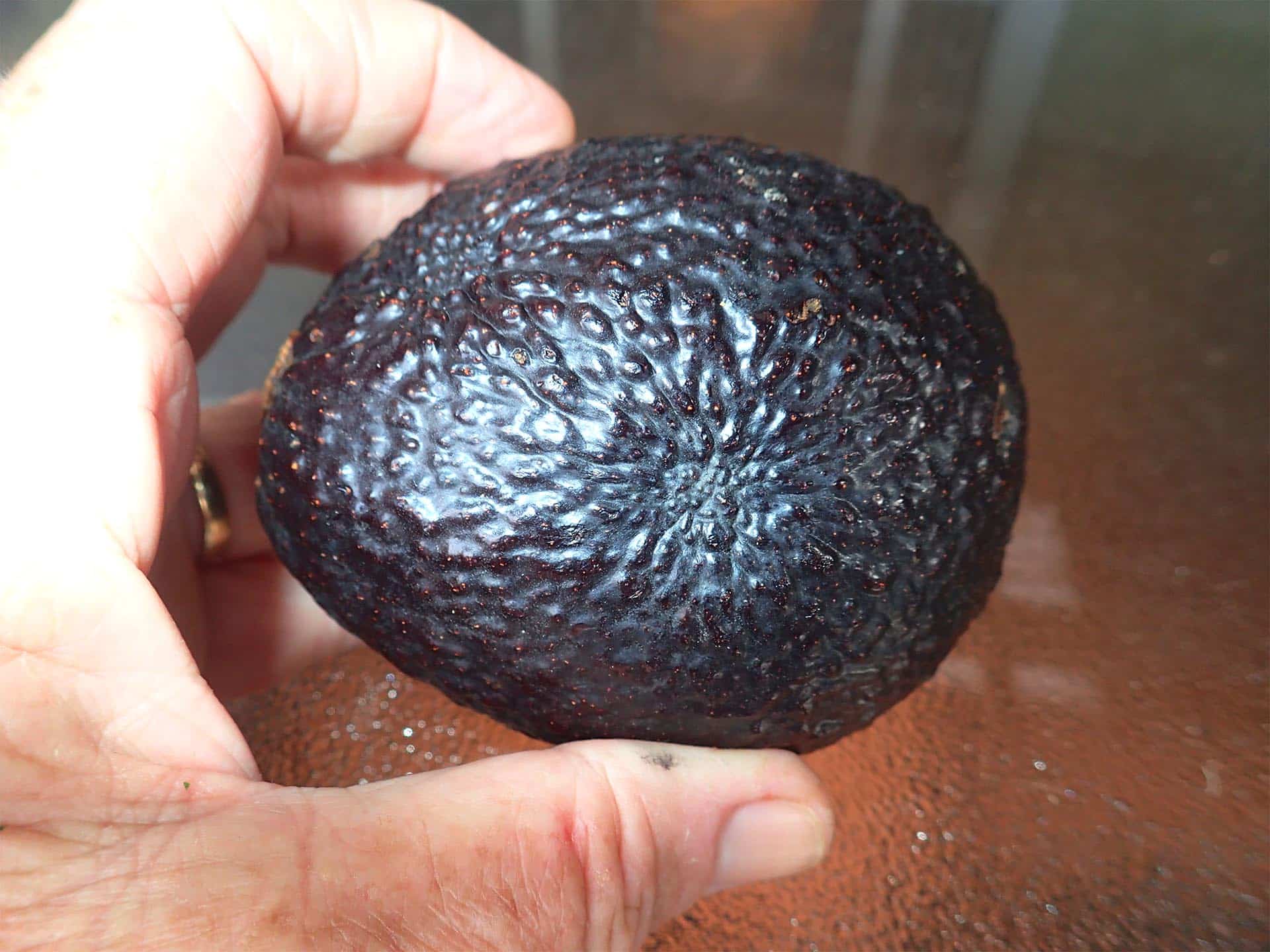
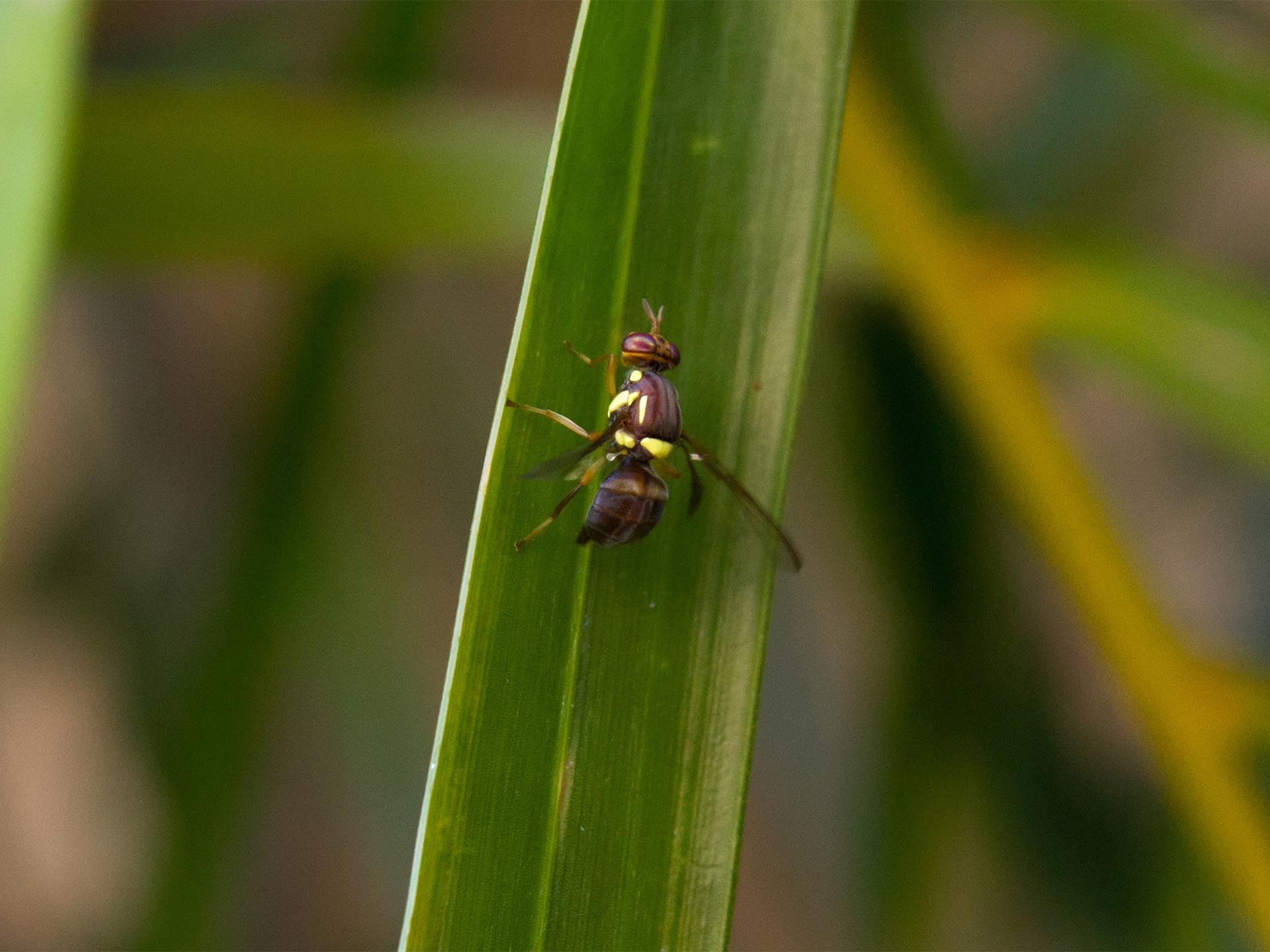
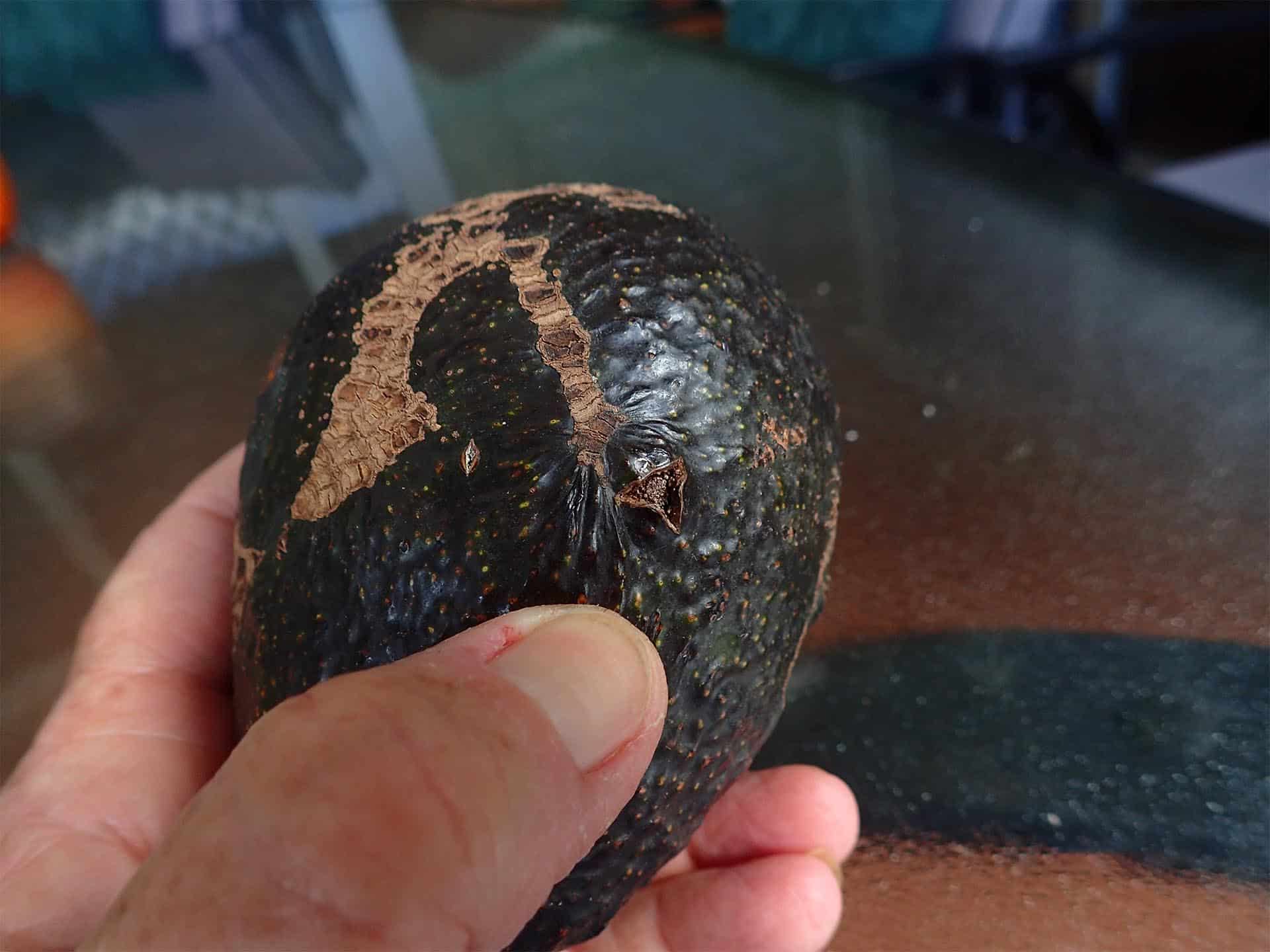
Beans
The most common sort of damage in beans is done by insects with sucking and piercing mouthparts.
They attack the pods as they are developing which causes them to become stunted and distorted as they grow. When they attack older pods they leave marks on the surface and the pod is not as succulent. Both the adults and the nymphs do this damage.
Common pests:
- Aphids - suck stems and bean
- Bean weevil - larvae in pods
- Cluster caterpillar - holes in leaves eventually skeletonising them
- Cutworm - seedlings chopped off at ground level
- Grasshoppers - leaves chewed
- Green stink bug - beans shrivel and become deformed
- Green vegetable bug - beans shrivel and become deformed
- Large and small bean bug - beans shrivel and become deformed
- Leaf footed bug - beans shrivel and become deformed
- Leafhoppers - suck stems and leaves
- Looper caterpillar - chew leaves
- Lucerne flea (springtail - found in cooler climates) - chews leaves
- Native budworm (caterpillar) - holes in beans
- Nematodes - attack roots
- Onion maggot - seedlings die - seeds do not germinate
- Snails & slugs - holes in leaves-slimy tracks
- Thrips - pale streaks on leaves
- Tiger moth- caterpillar - chewed leaves
- Two-spotted mite - sucking insects-plants stunted-reduced yields

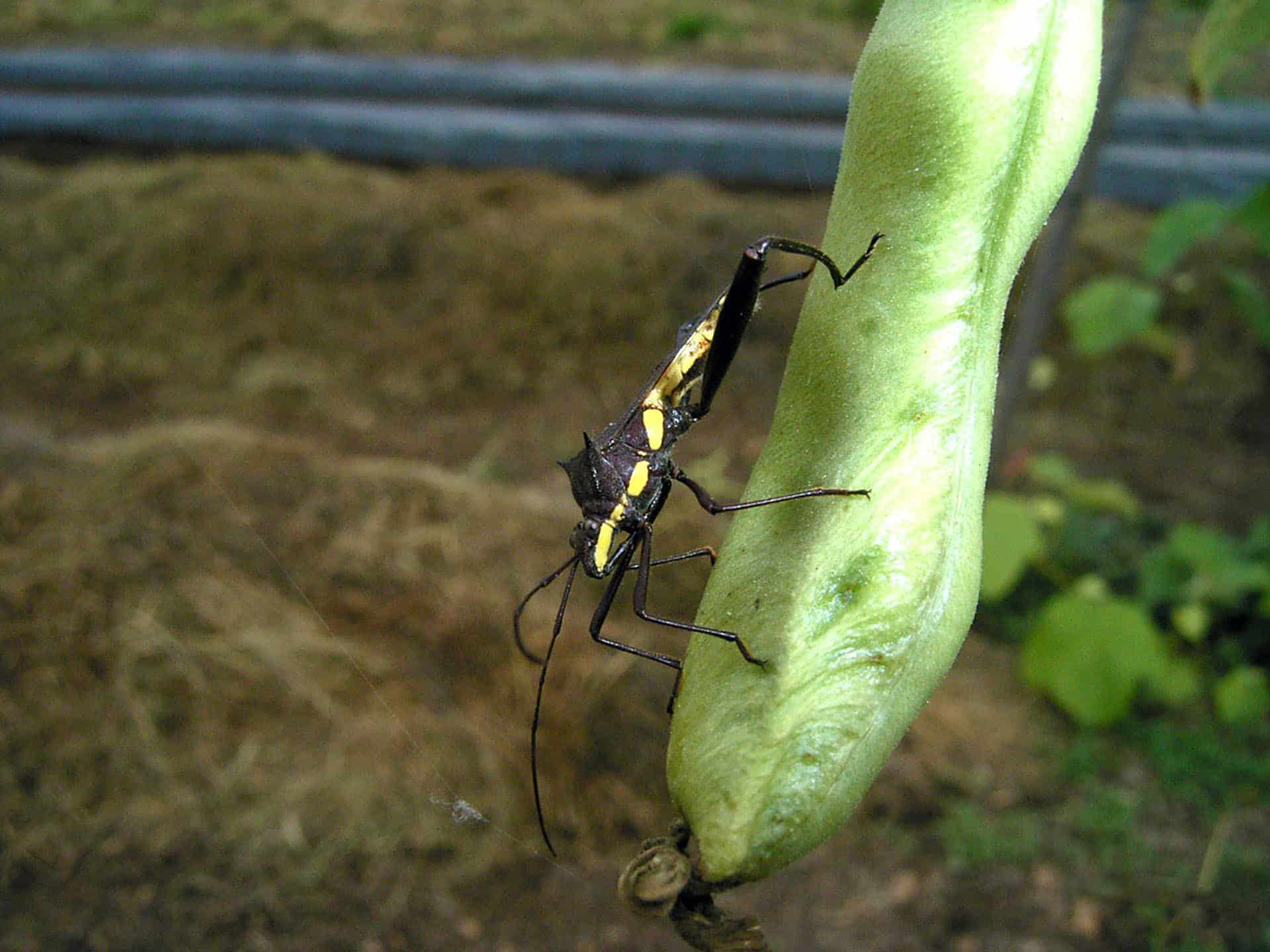
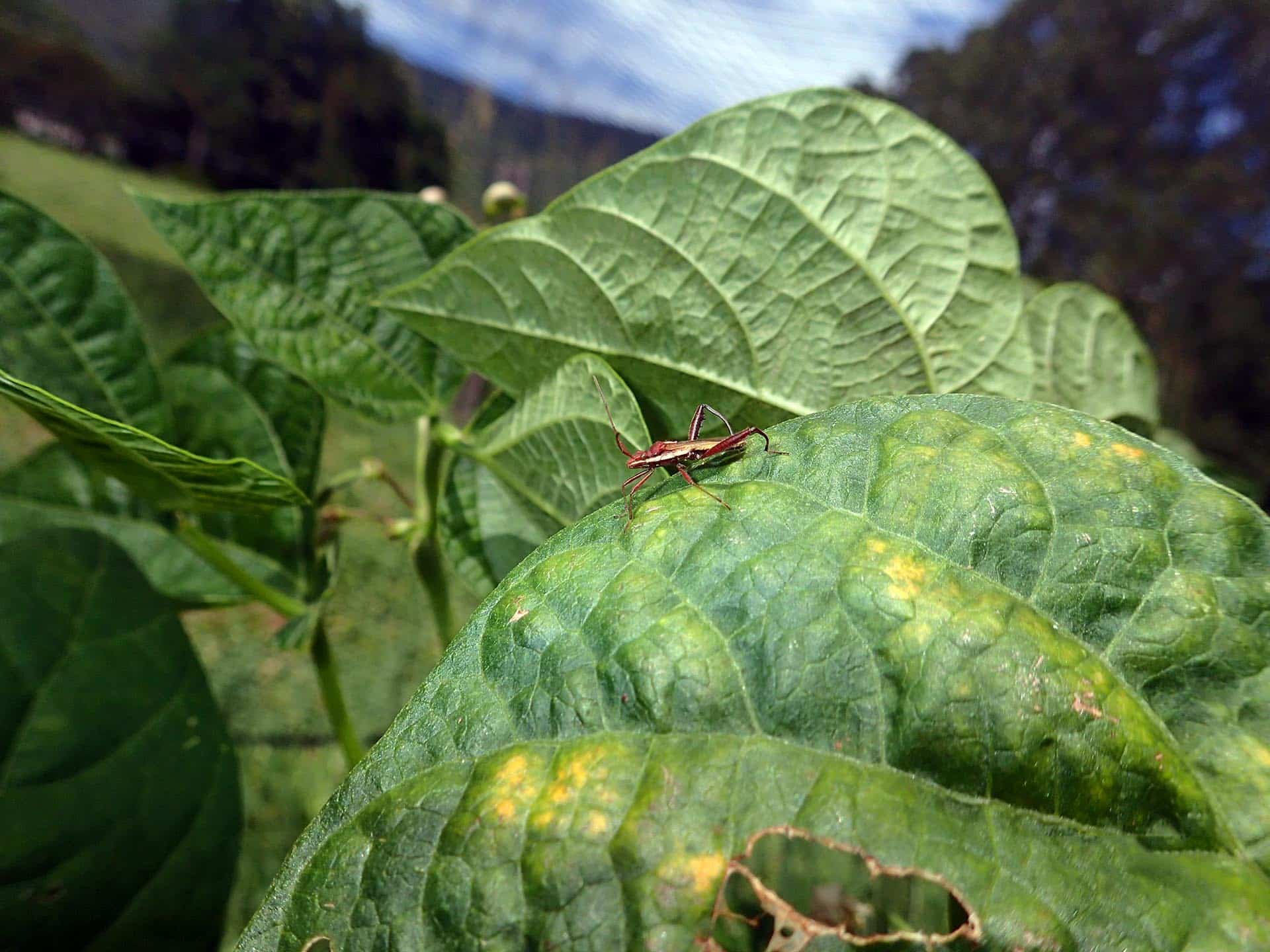
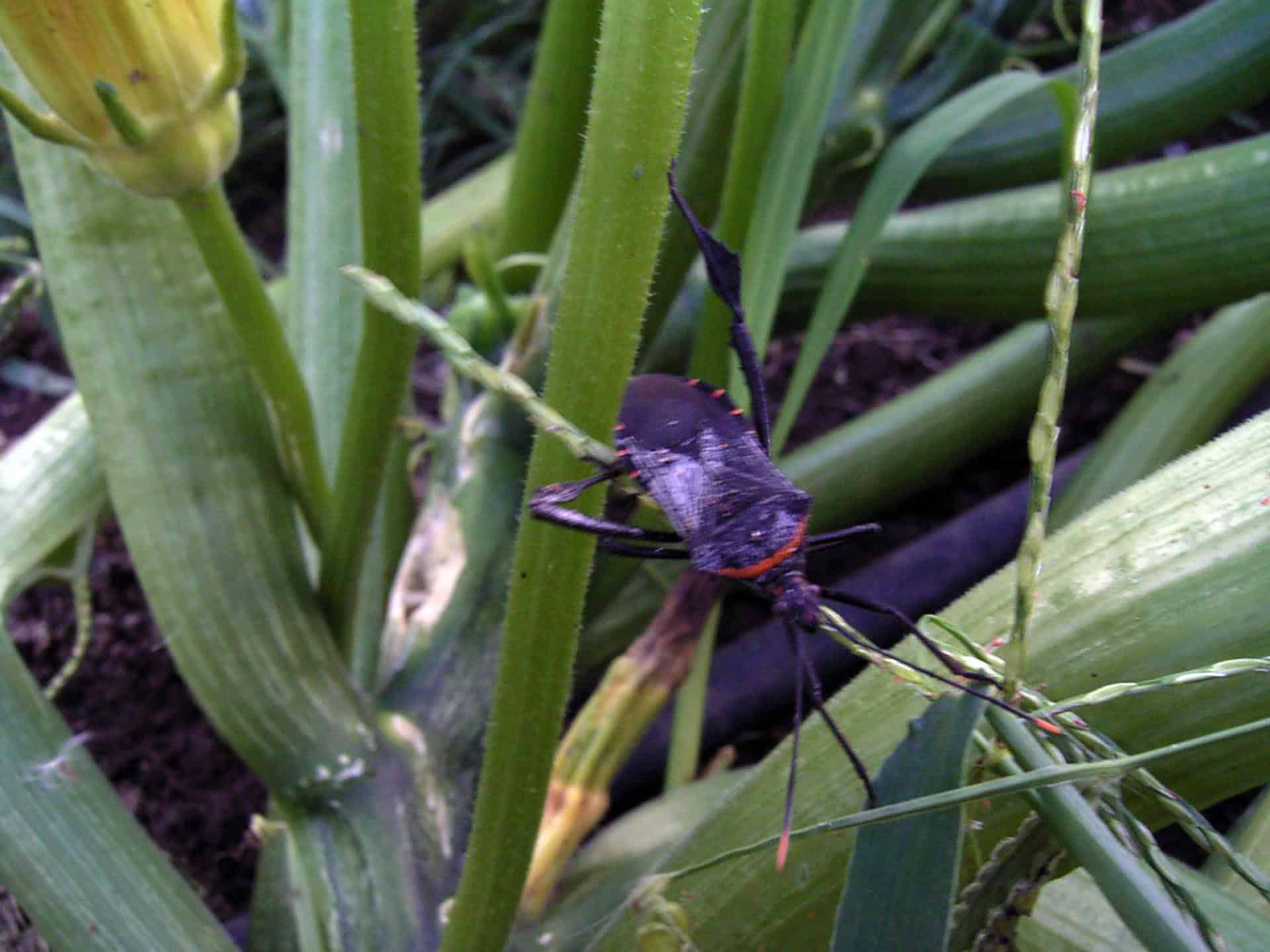
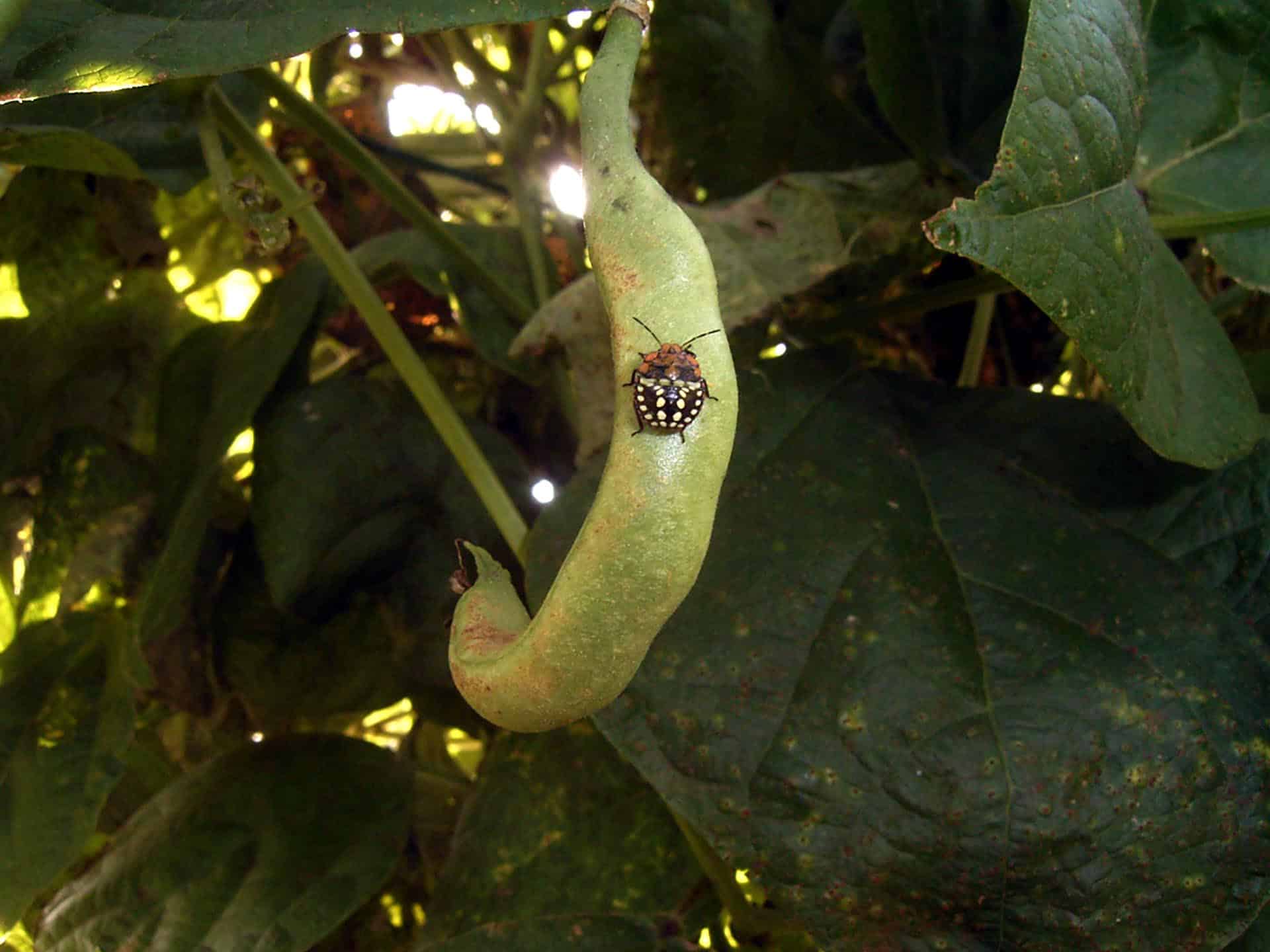

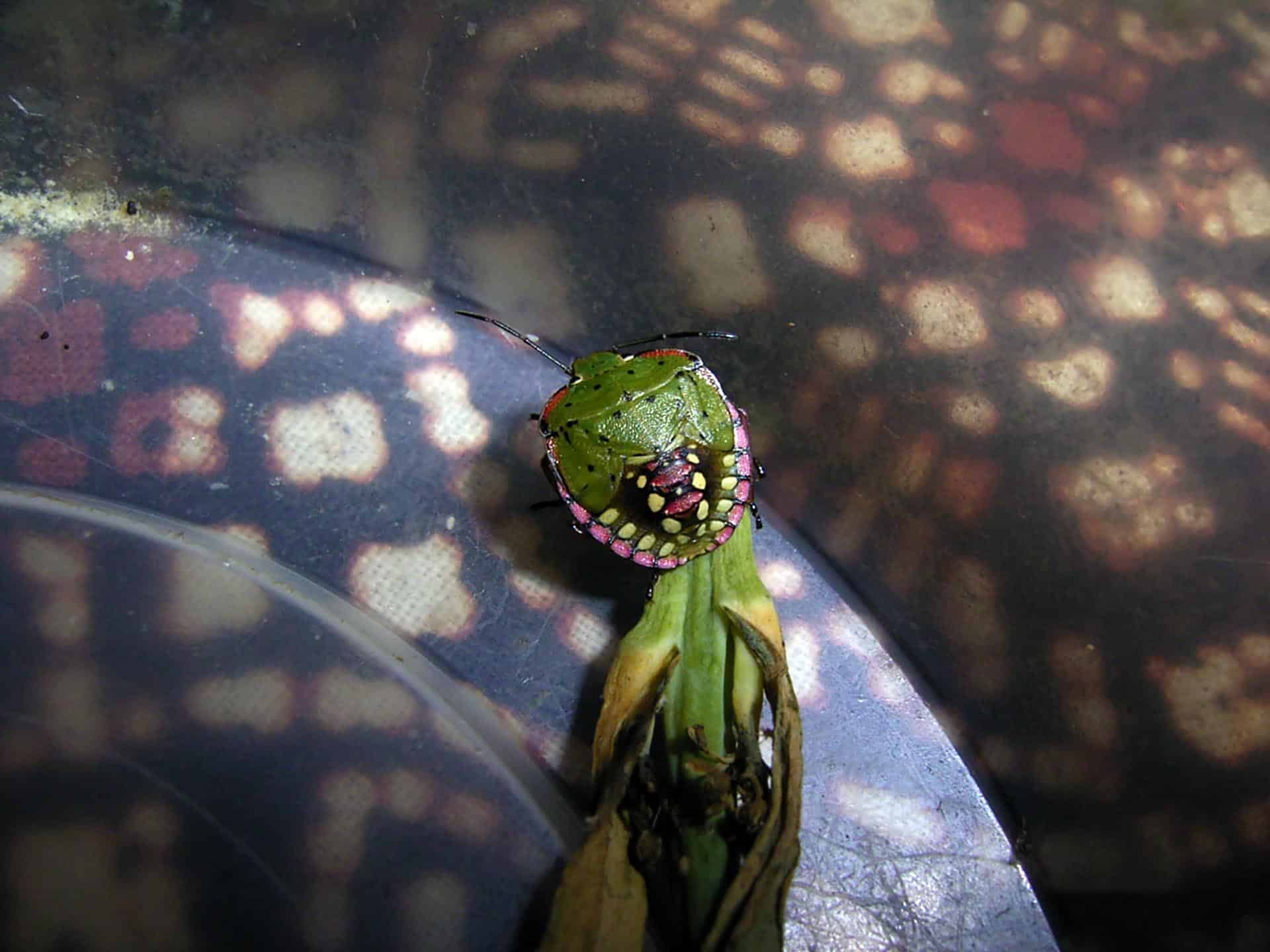
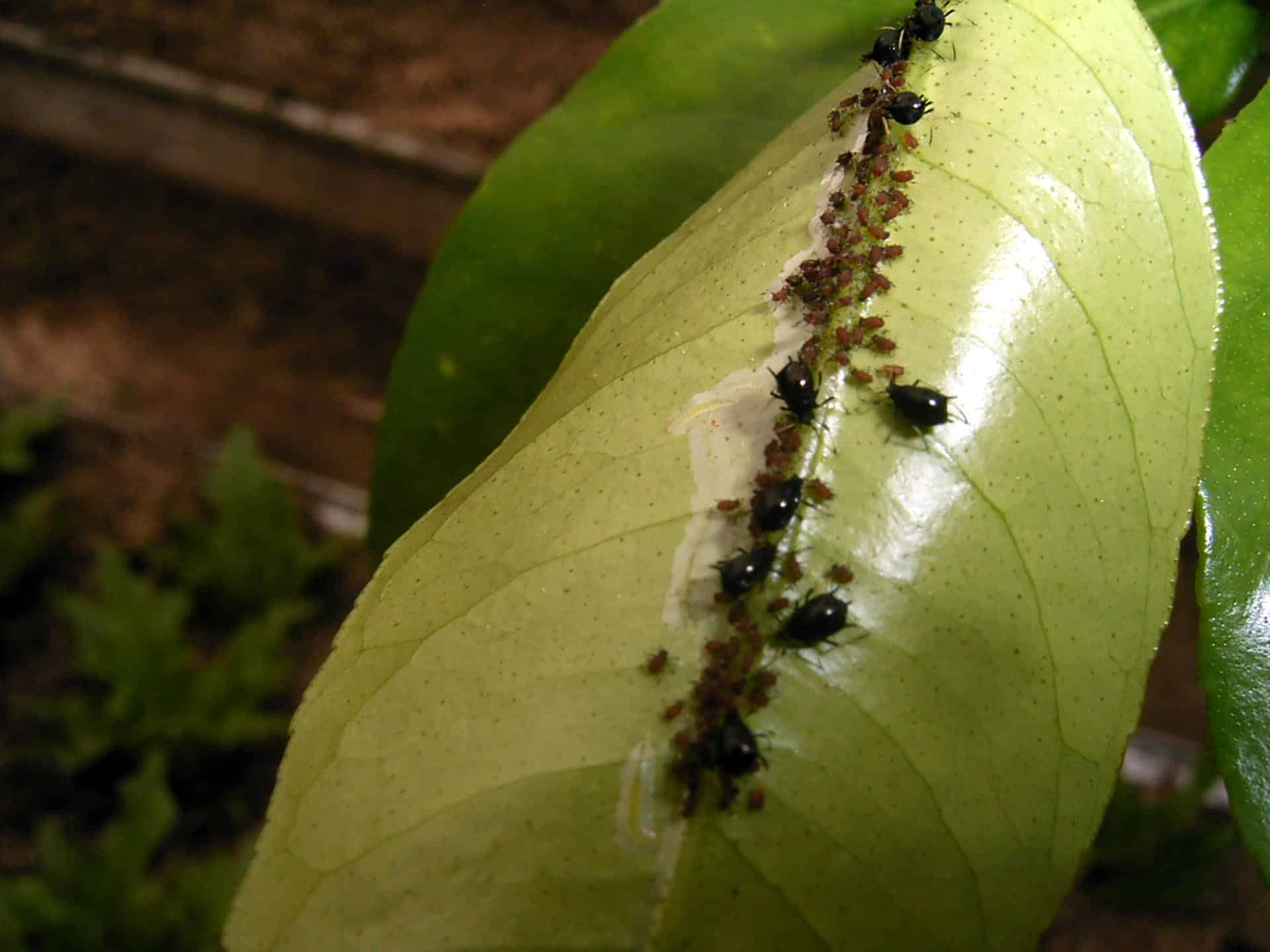
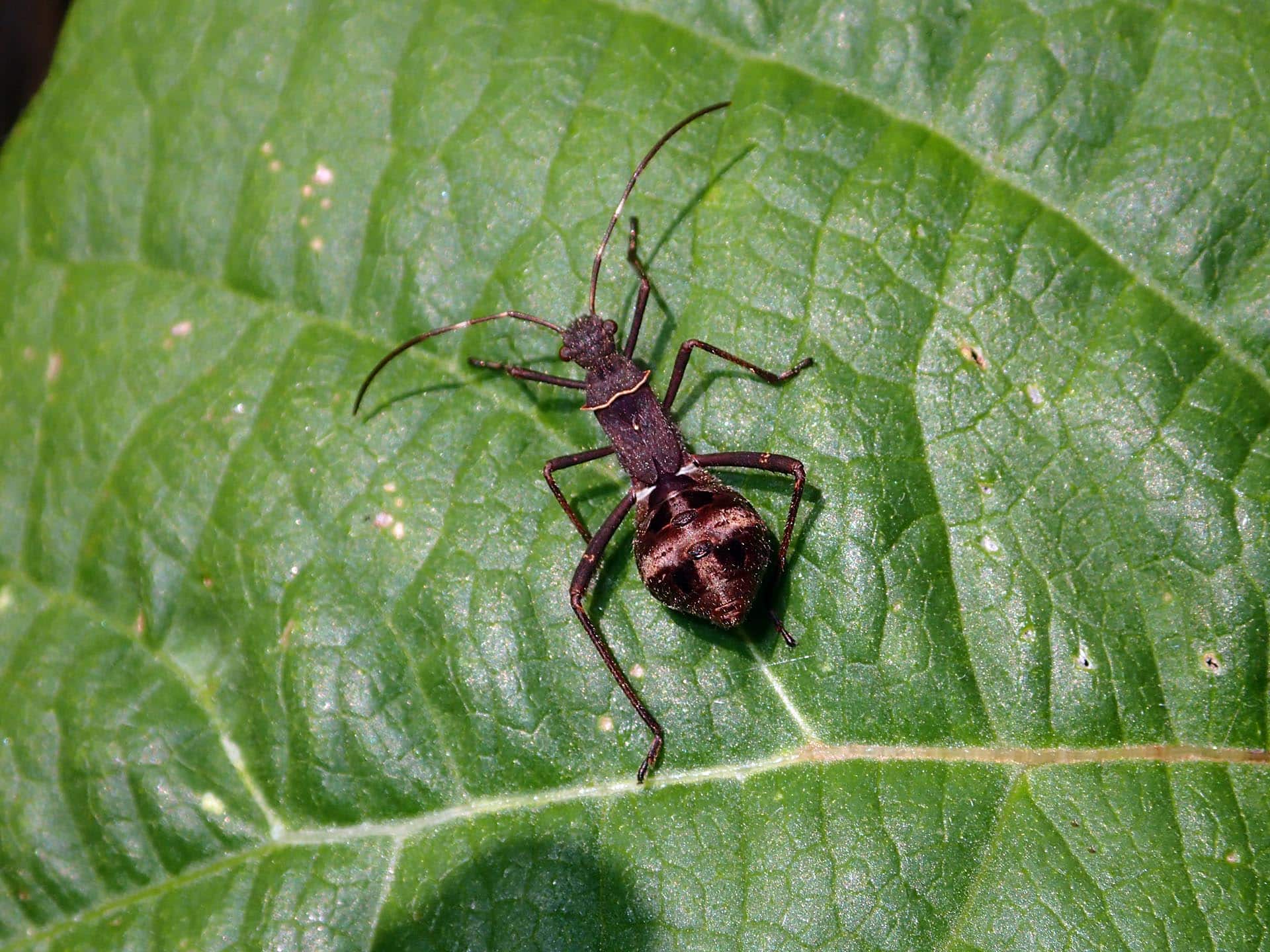
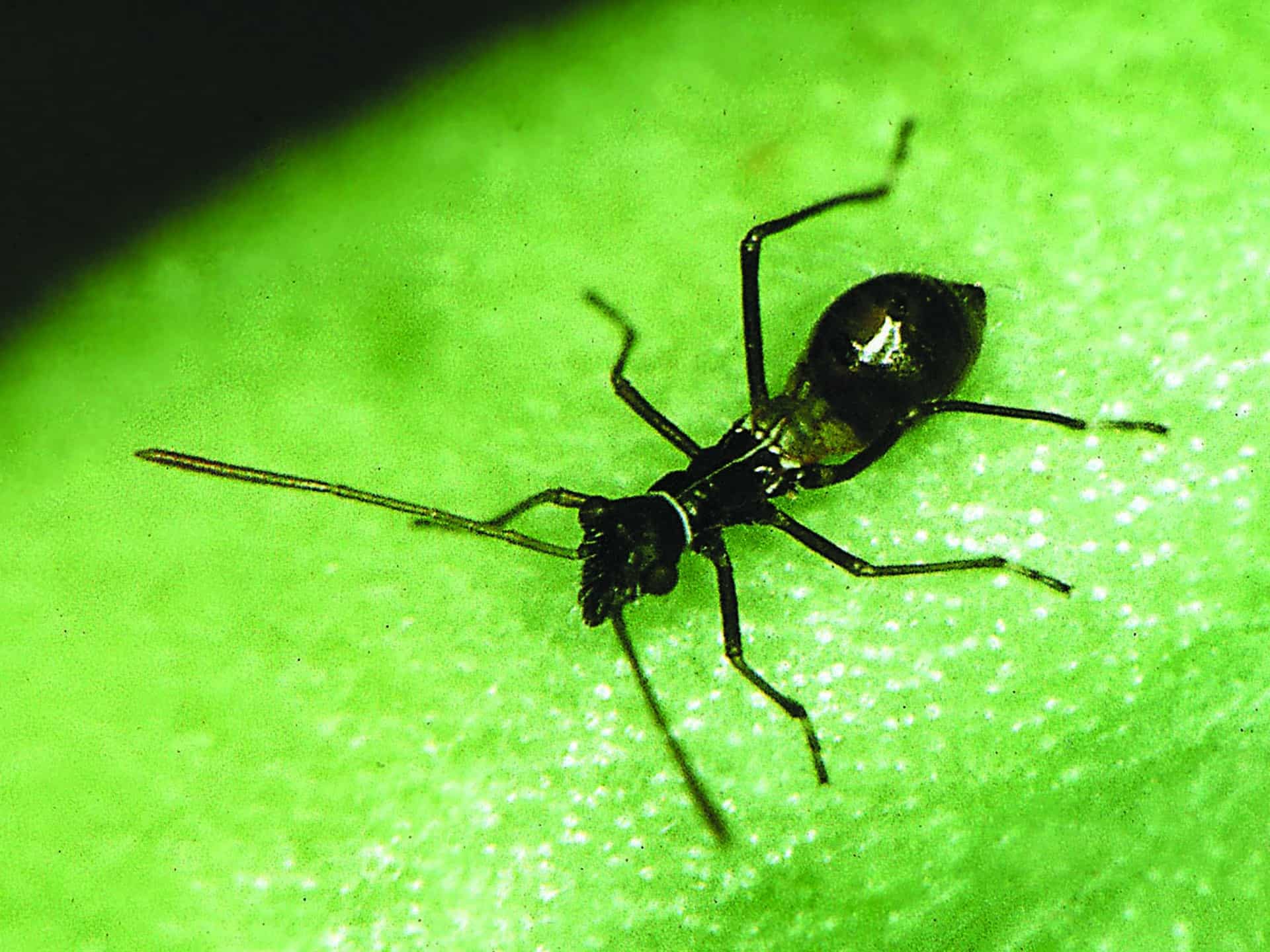
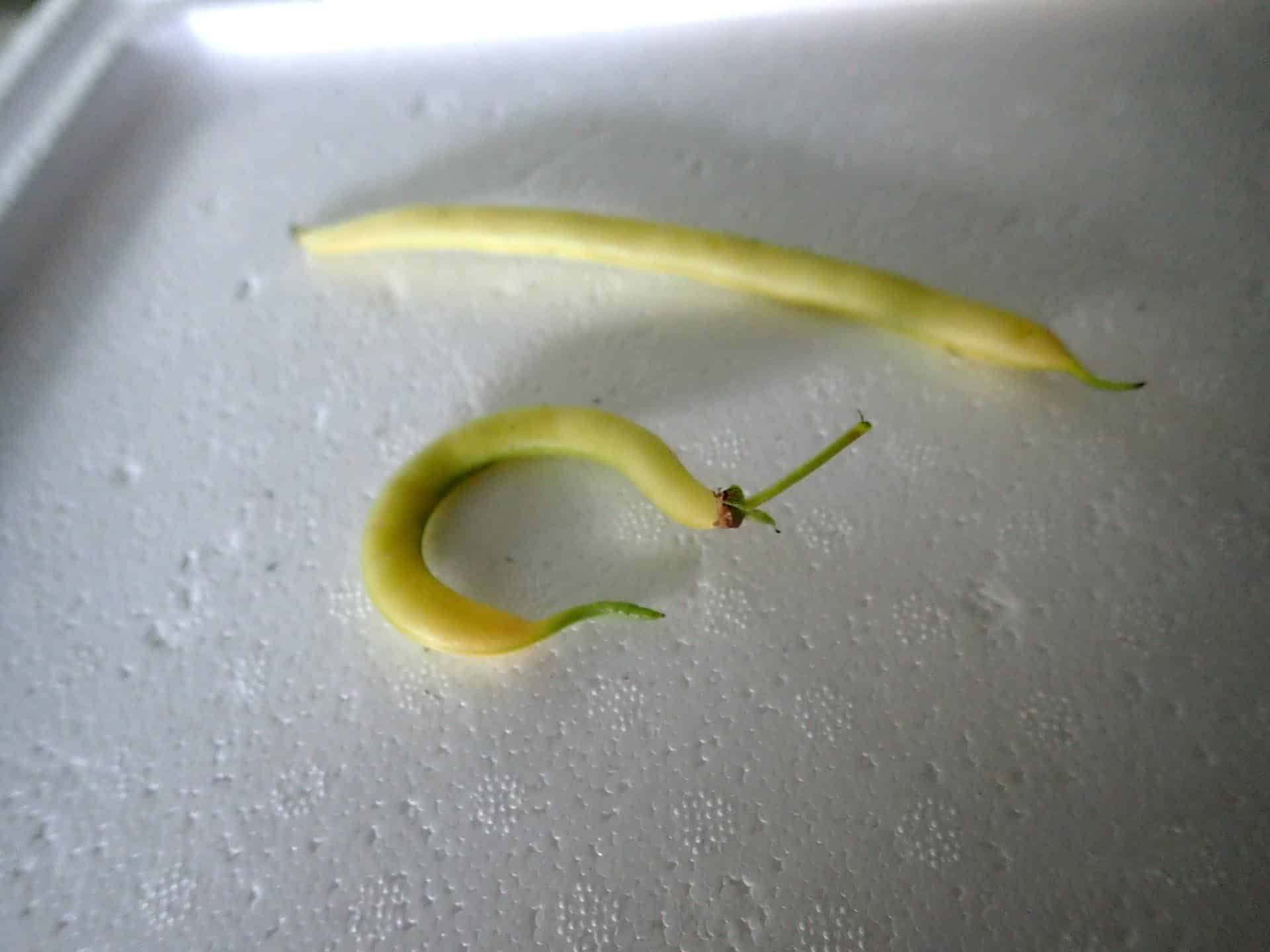
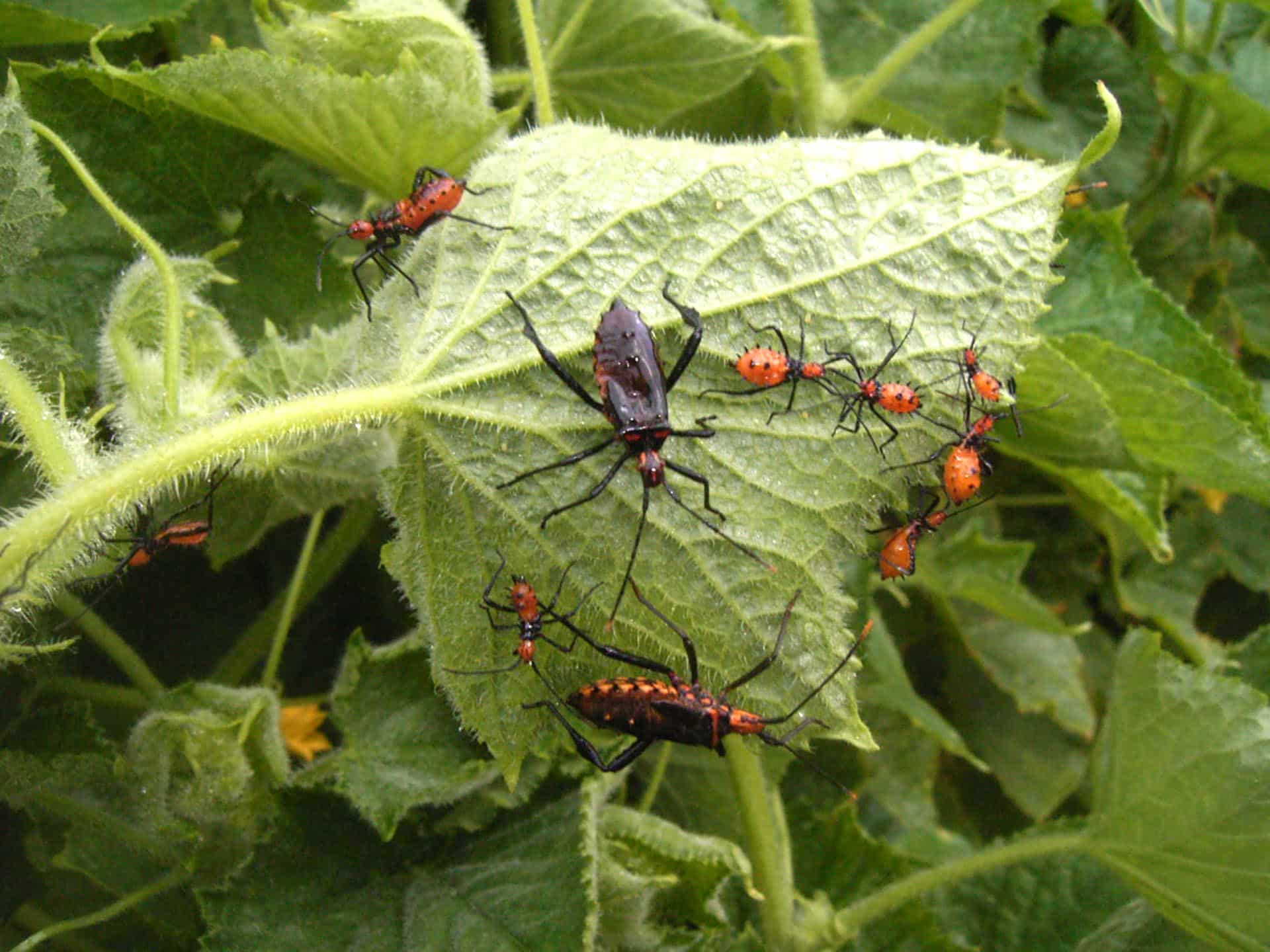
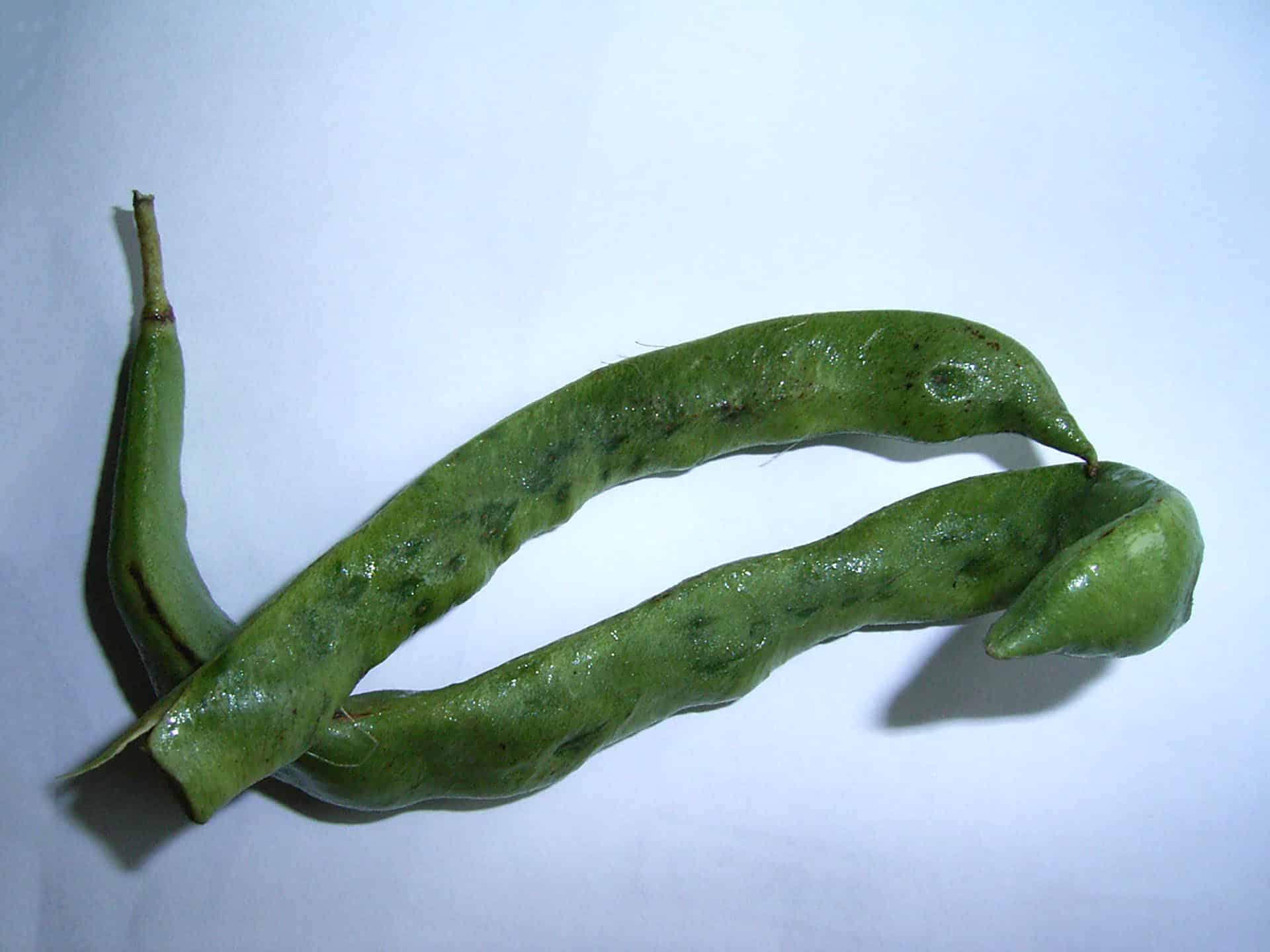
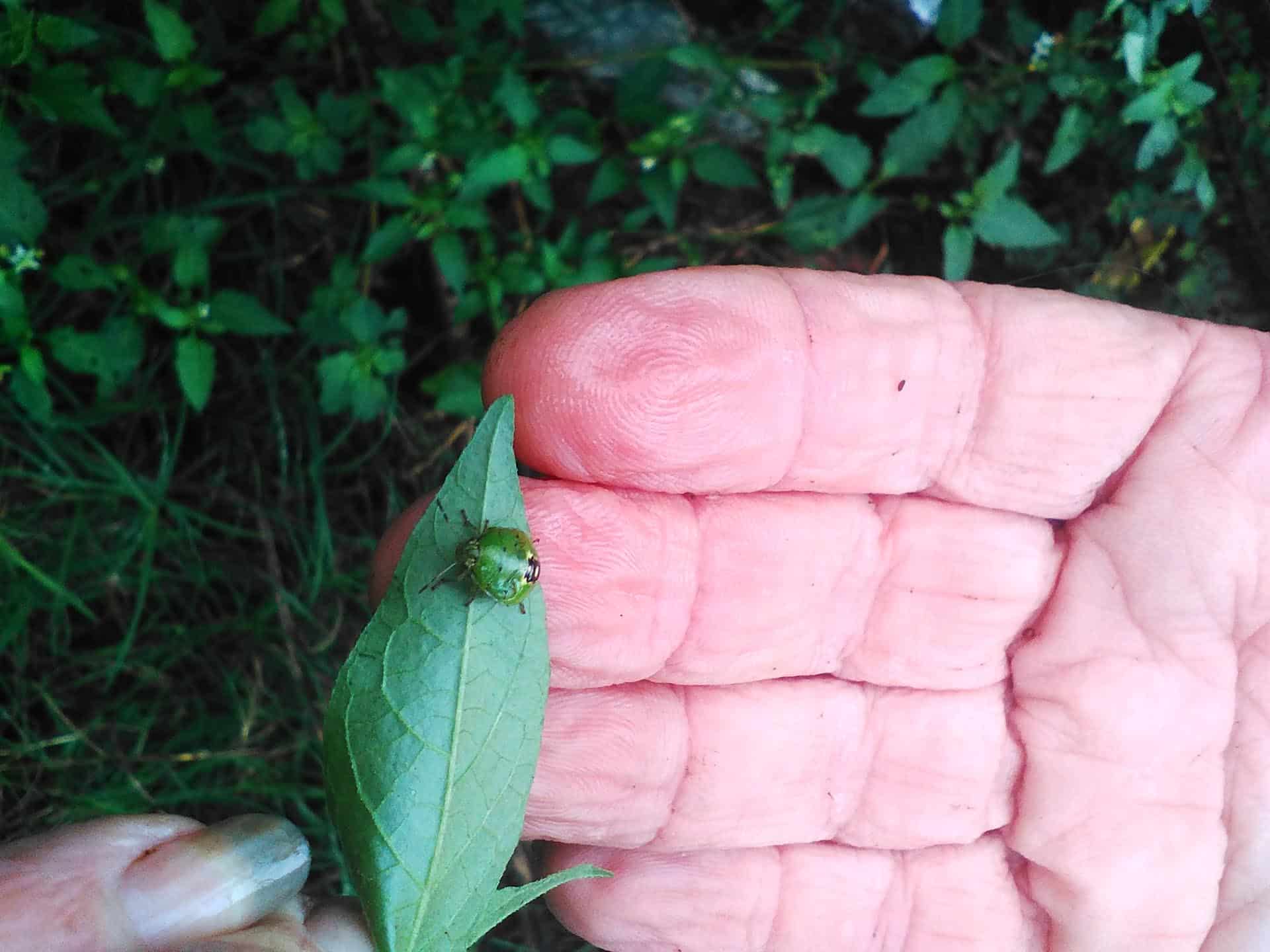
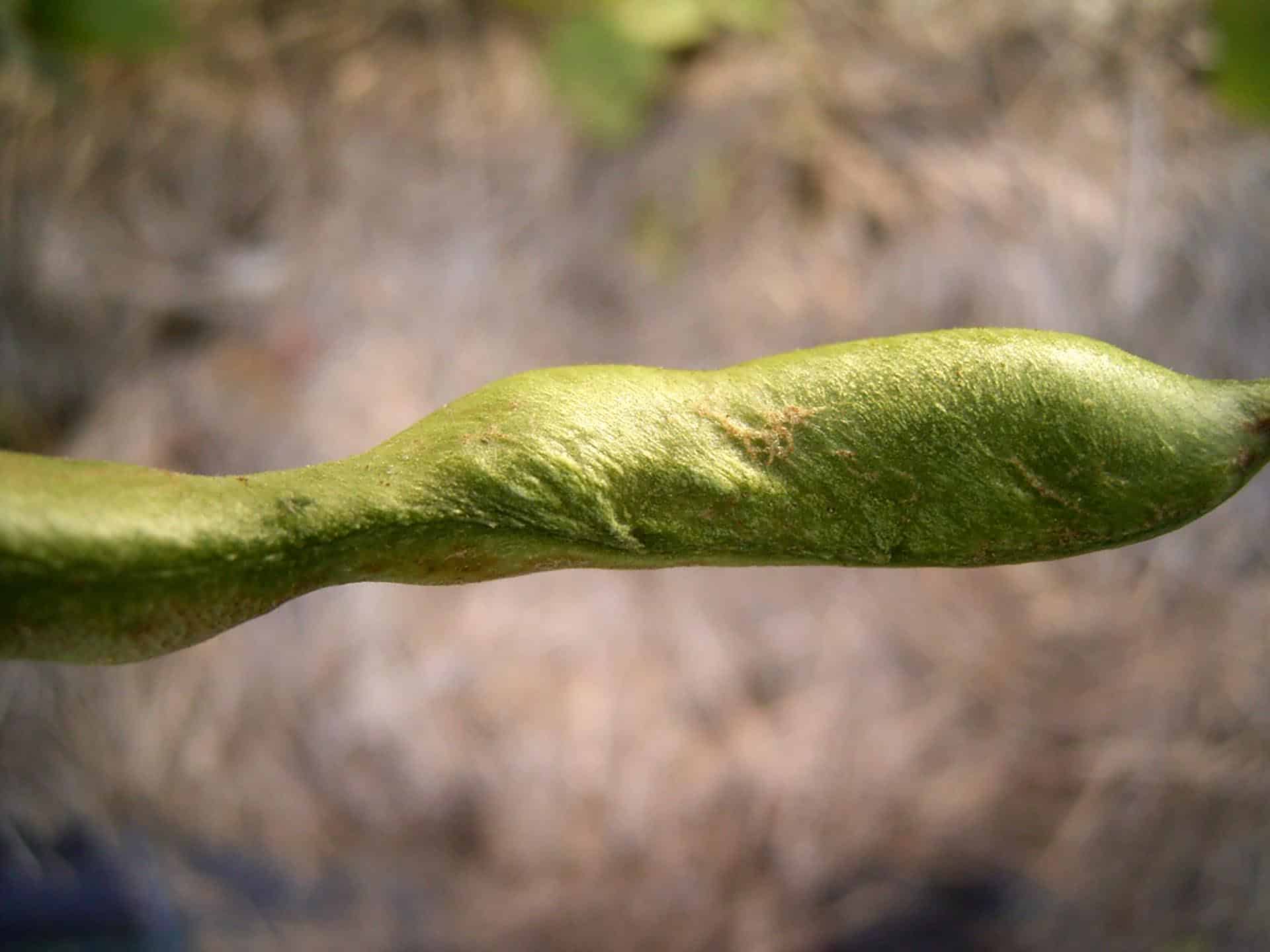



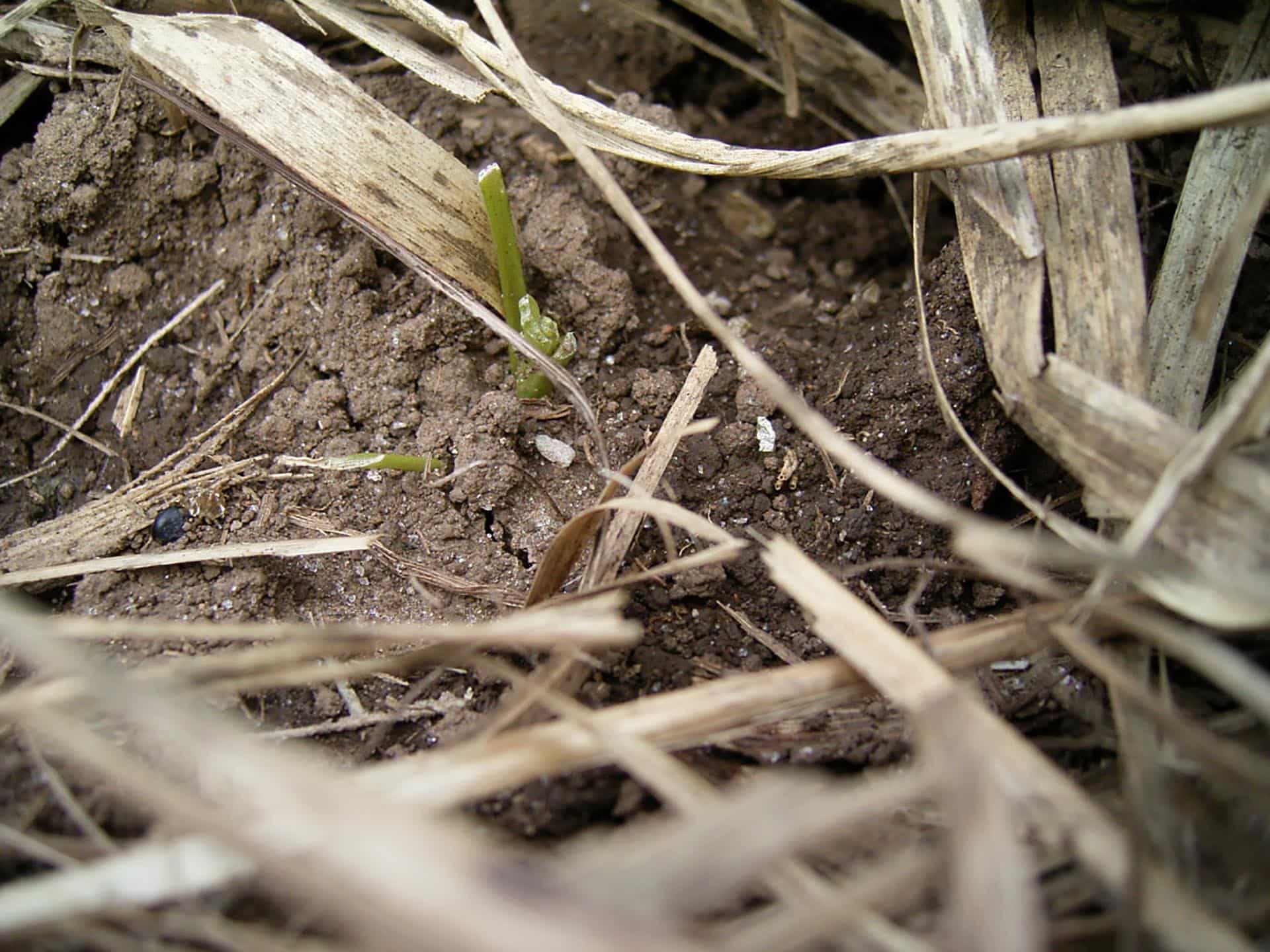
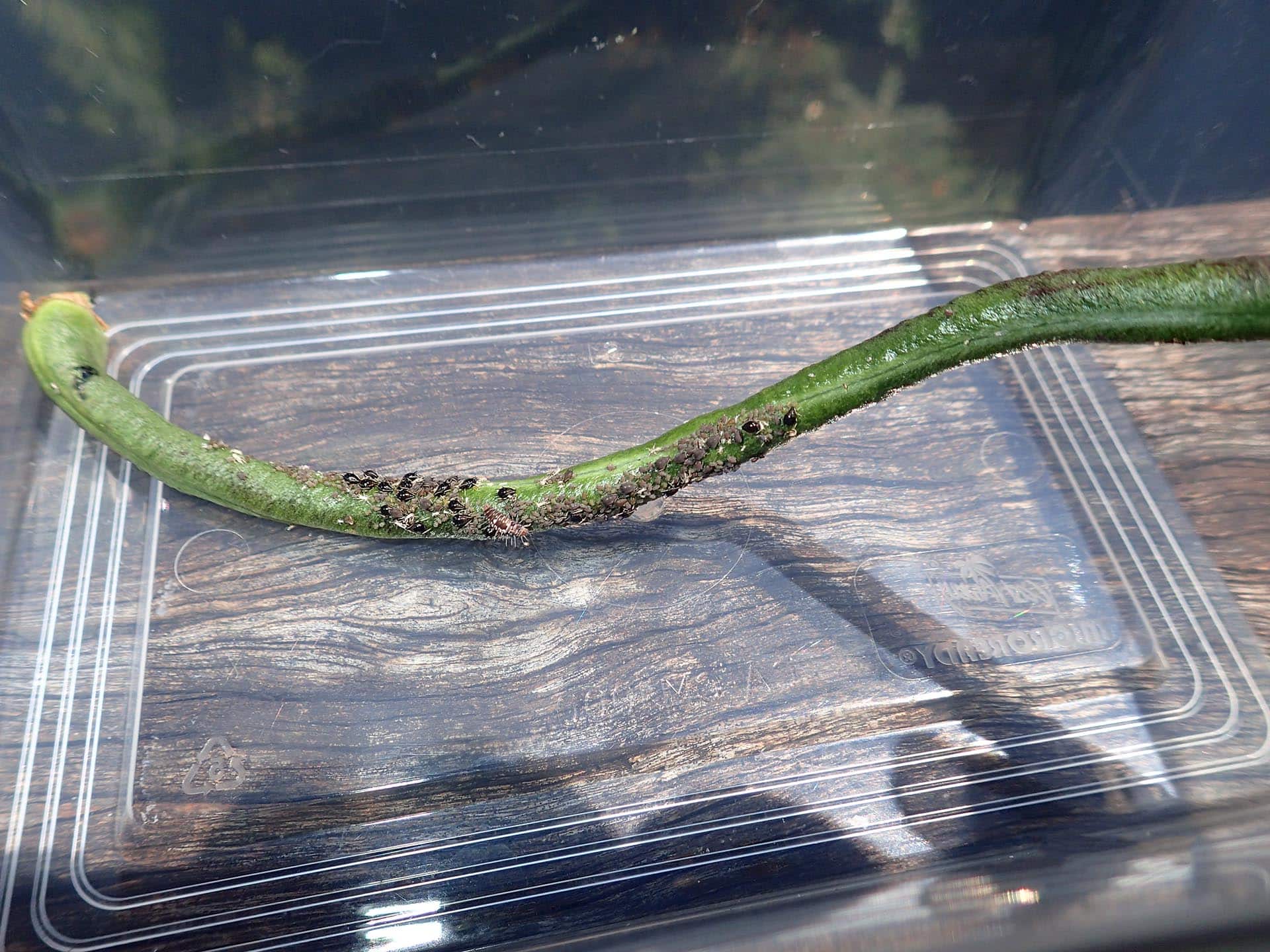
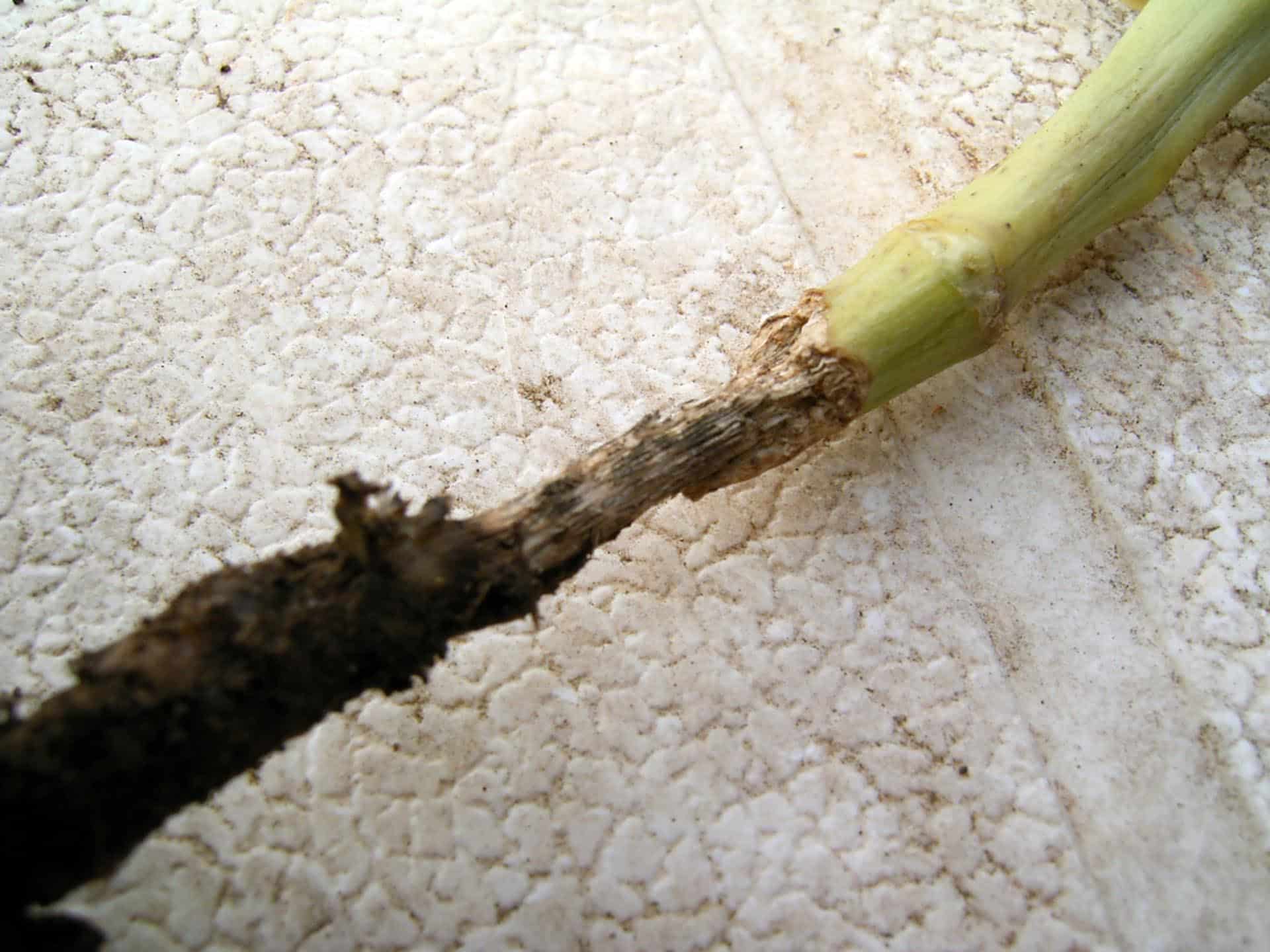
Beetroot
Common pests include:
- Caterpillars: beet webworm - ragged holes in leaves
- Garden weevil- stems and foliage chewed (adult)
- White fringed weevil - stems and foliage chewed (adult)
Brassicas
Includes vegetables in the broccoli and cabbage family.
Common pests:
- African black beetle - seedlings chewed at or below ground level (similar to cutworm)
- Aphids - pierce and suck new growth
- Cabbage centre grub (caterpillar)- chew on leaves
- Cabbage looper (caterpillar)- chew on leaves
- Cabbage white butterfly (larvae) - chew on leaves
- Cluster caterpillar - chew on leaves
- Corn earworm cutworm (caterpillar) - seedlings wilting; stems attacked near ground level
- Diamondback moth (larvae)- chew on leaves
- Grasshoppers - Plants chewed & skeletonised
- Green vegetable bug -pierce and suck stems and leaves
- Leafhoppers - Leaves mottled-pierce and suck
- Snails & slugs - Slimy tracks; holes in leaves
- Thrips - pierce and suck
- Tiger moth (larvae) - chew on leaves
- Rutherglen bug - damages flowers and formation of the heads in cauliflower and broccoli.
- Vegetable weevil - Stems and foliage chewed (adult and larva)
- Onion maggot - Seedlings die; seed fail to germinate; maggots at roots, maggots on flower heads


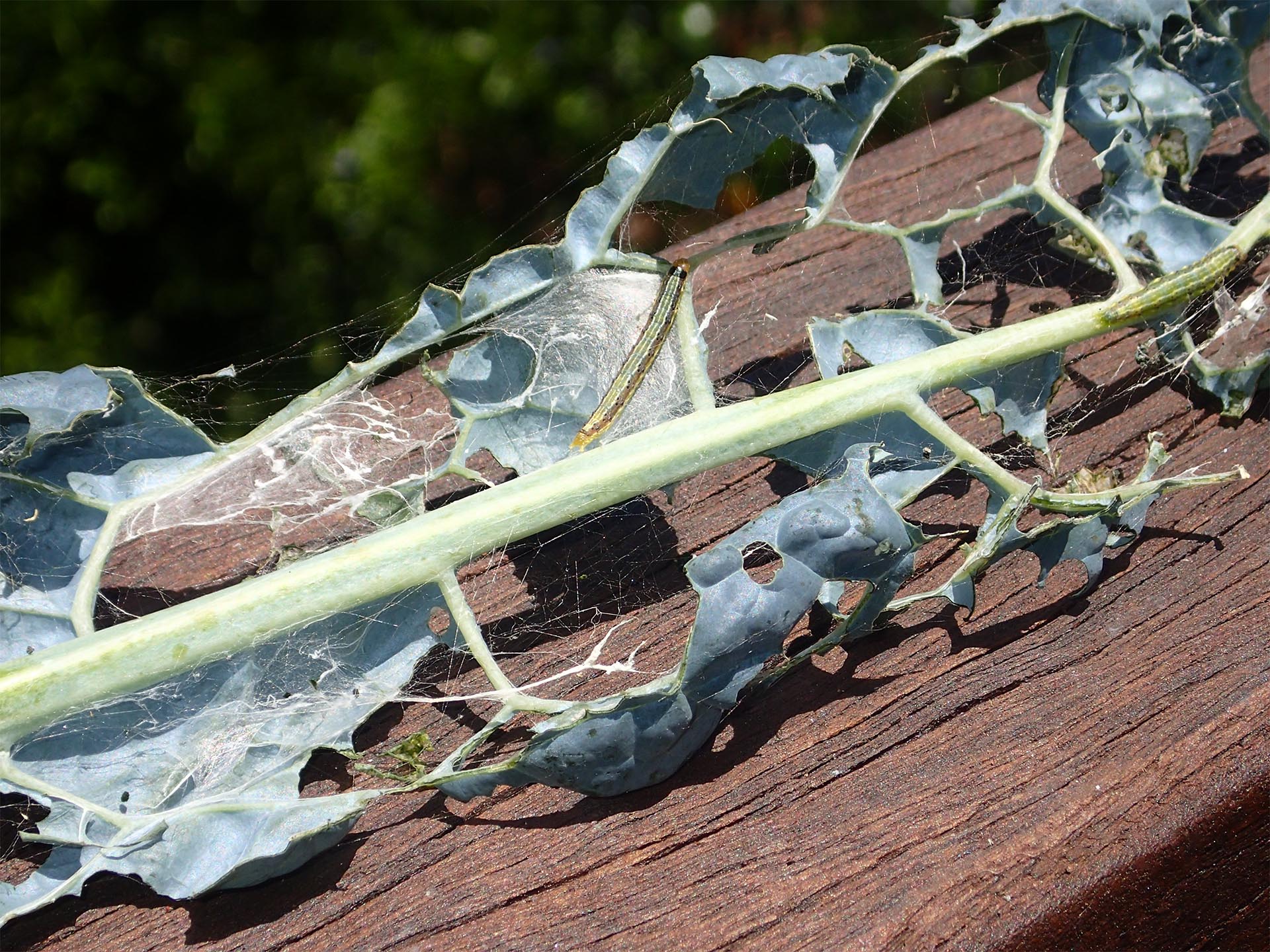
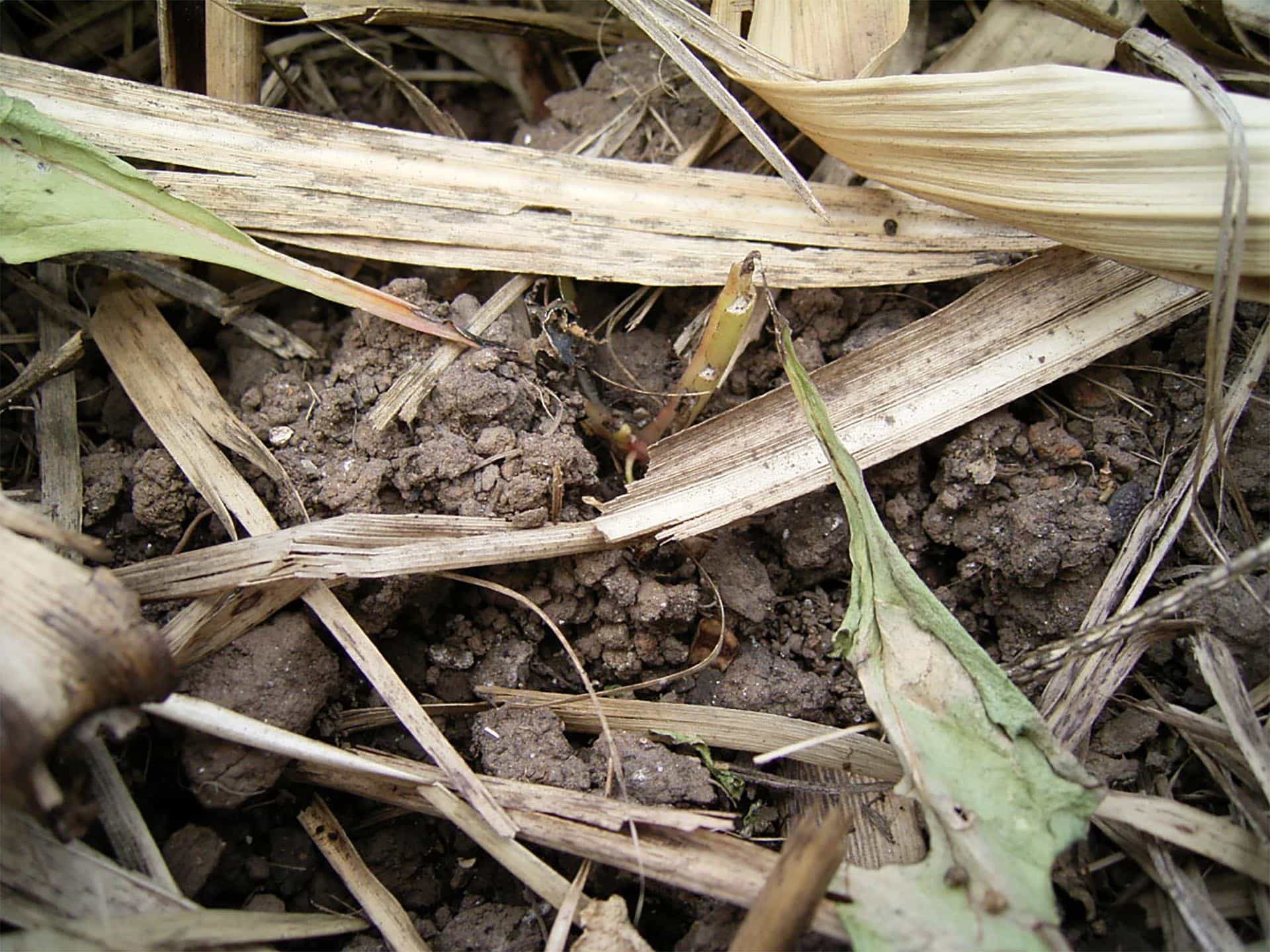

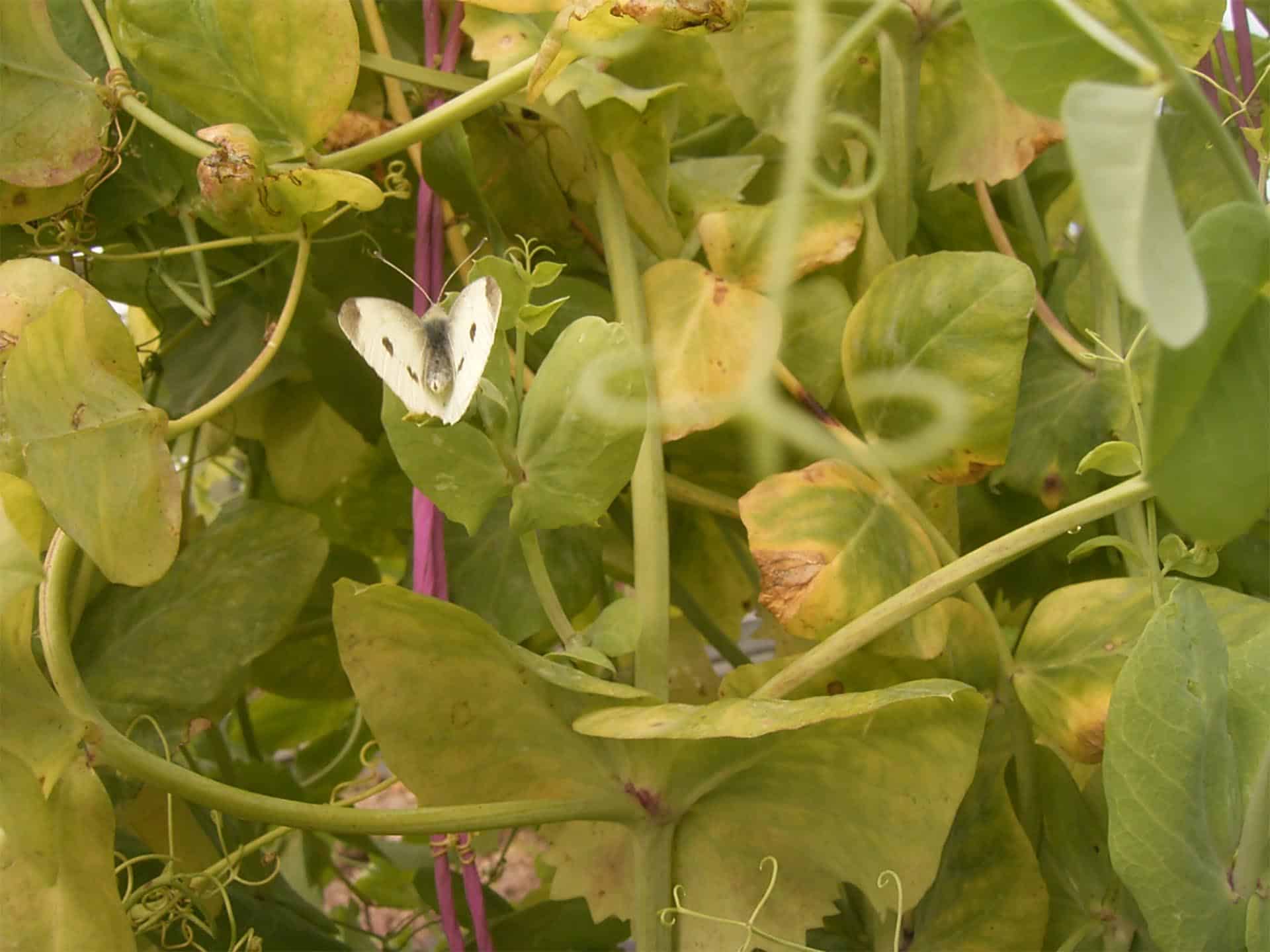
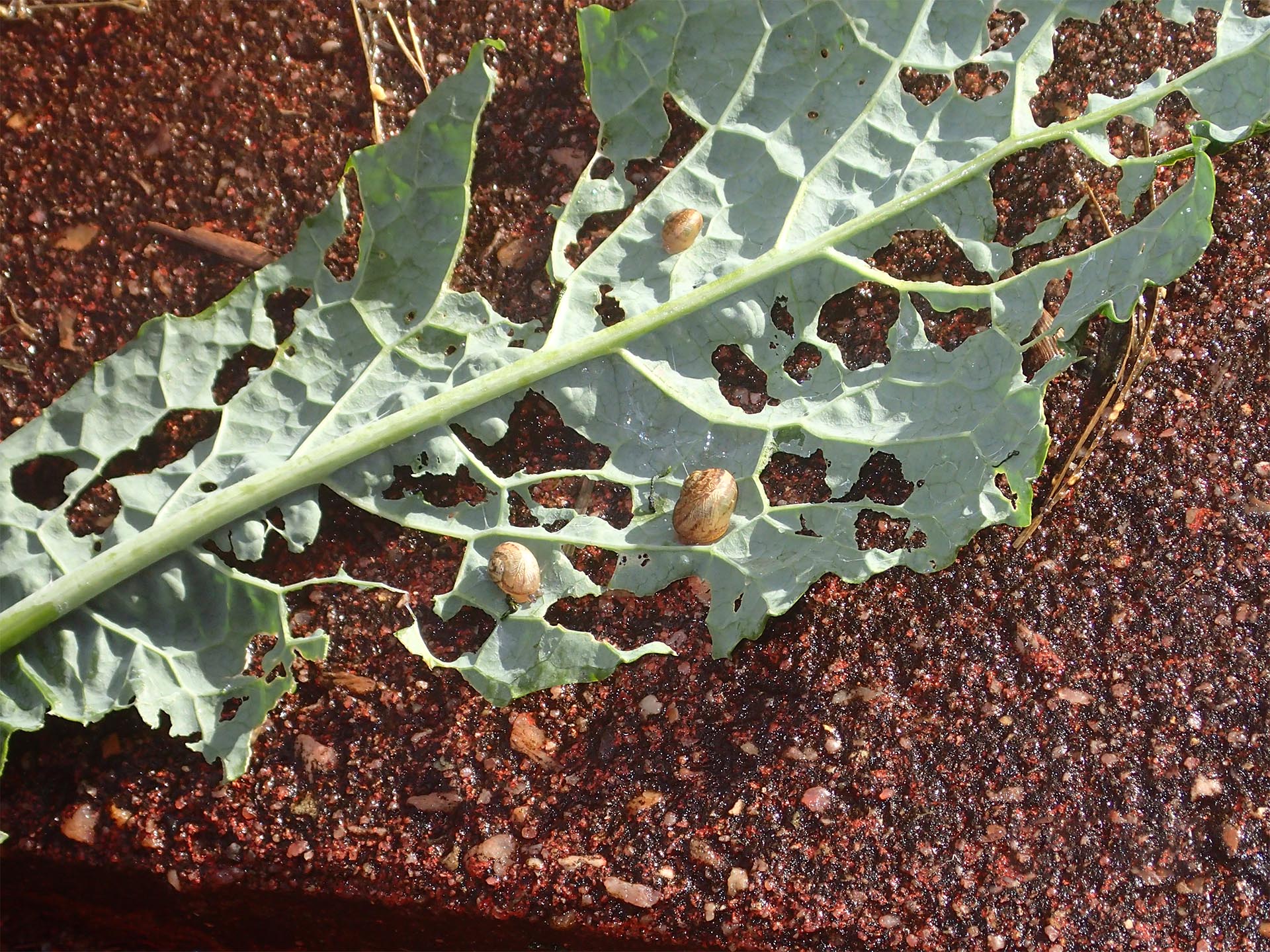

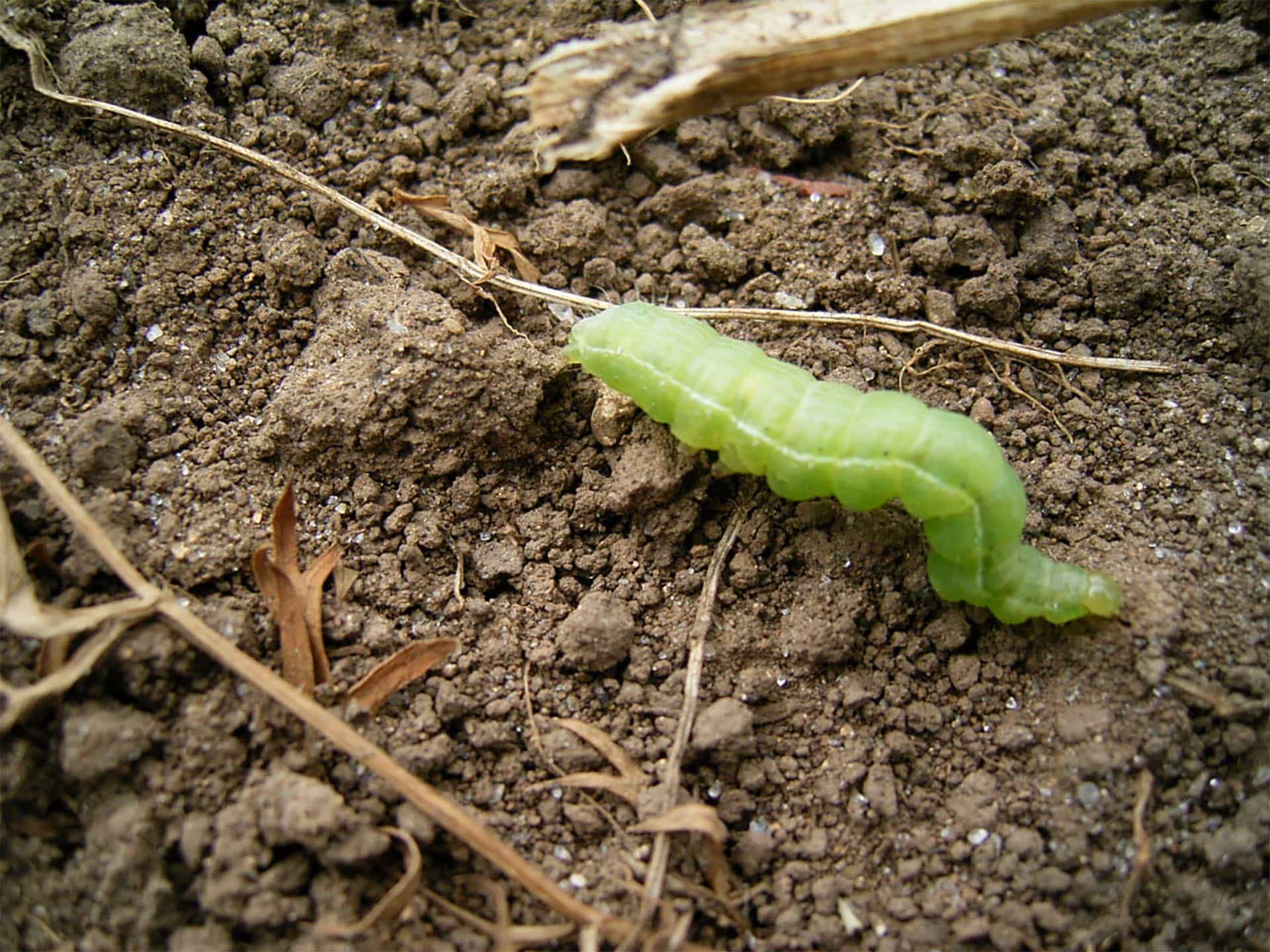

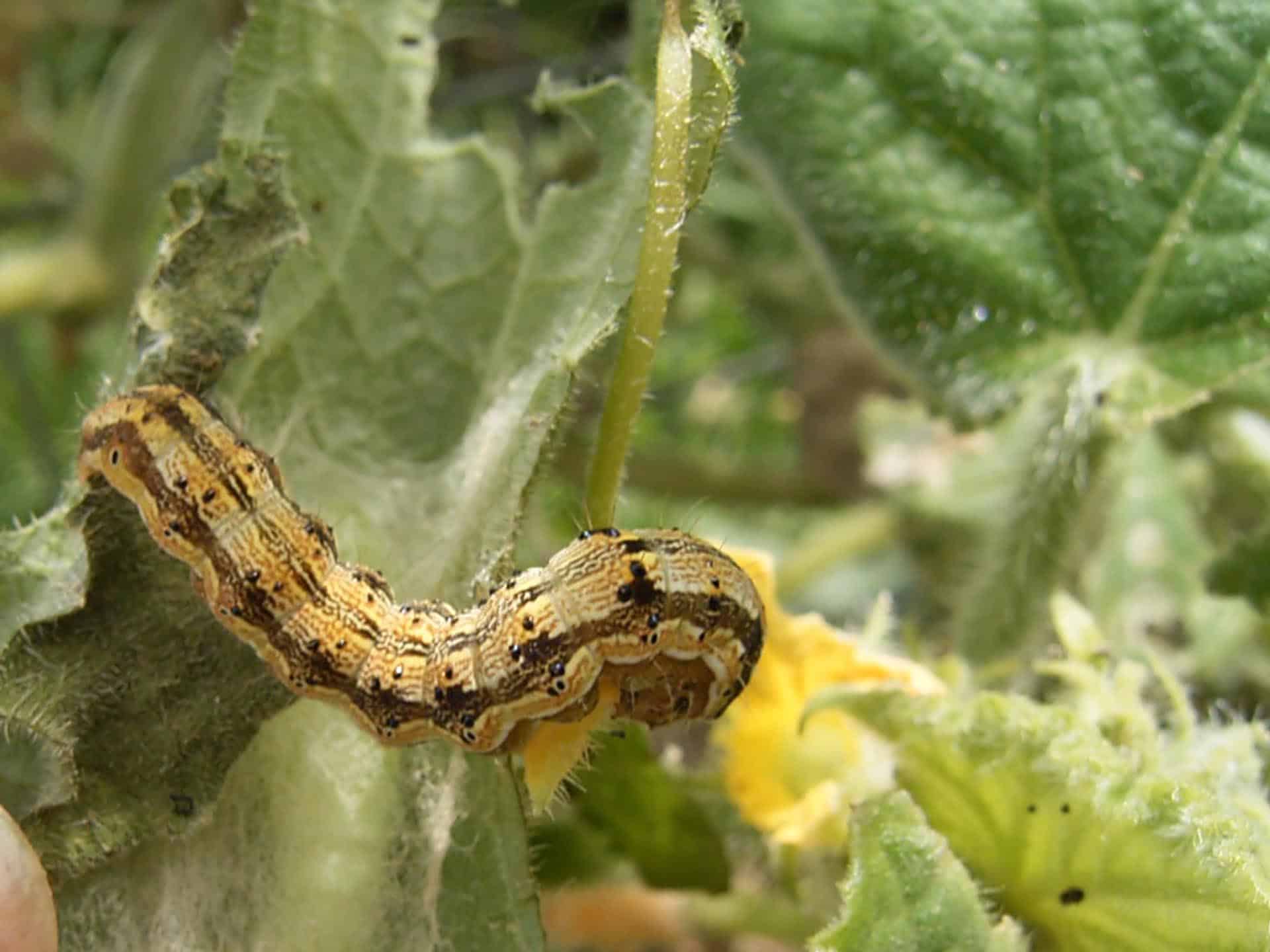
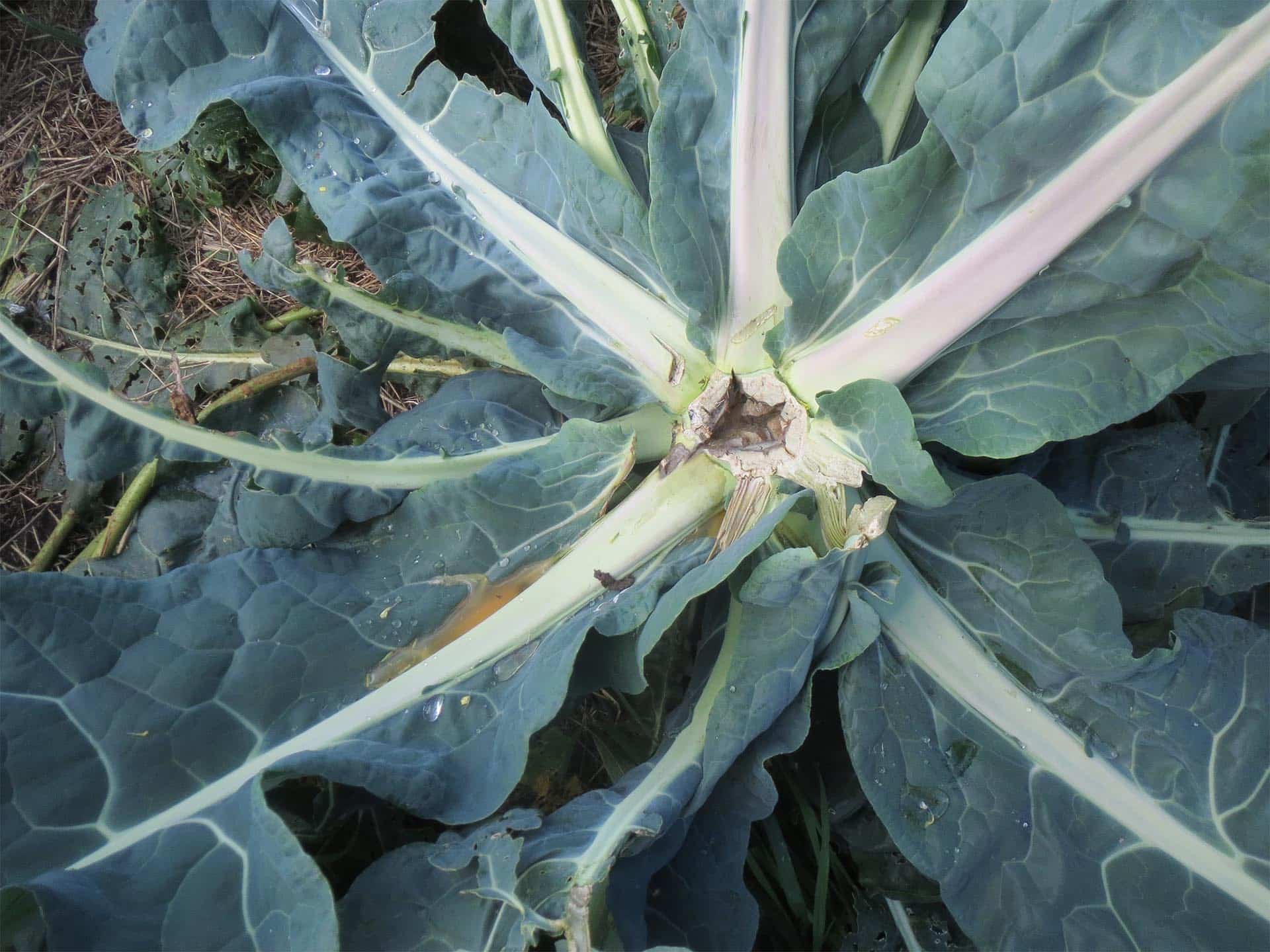
Carrots
Common pests:
- Garden weevil / whitefringed weevil - stems and foliage chewed
- Leafhoppers - hairy roots- stunted growth - pale colour- transmit diseases
- Nematodes - cause nodules on roots

Citrus
Citrus trees seem to attract a large number of pests.
Common pests:
- Borers - caterpillar of a moth-bores into the fruit causing rot and fruit drop- scars fruit / larvae of beetle- tunnel into trunks and branches often ringbarking tree
- Bronze orange bug - sucks on developing fruit
- Citrus aphids - black-attack new growth and blossoms causing deformed flowers and leaves- causes sooty mould
- Citrus bud mite - deform fruit- moisture loss in leaves-scarring on fruit
- Citrus mealy bug (Citrophilous) - sucking insects- cause sooty mould-poor fruit quality
- Gall wasp - eggs laid in stems causes swellings (galls)
- Katydids - type of grasshopper- chews leaves
- Leaf miner - Phyllocnistis citrella –larvae make tunnels in leaves
- Lemon bud moth (larvae) - chew leaves
- Light brown apple moth (larvae) - chew leaves
- Longtailed mealy bugs - sucking insects- cause sooty mould-poor fruit quality
- Mediterranean fruit fly - lays eggs in fruit- sting marks on fruit
- Monolepta beetle - chews leaves
- Native budworm (caterpillar)- chew leaves
- Nematodes - attack roots
- Orchard swallowtail butterfly (larvae) - chew leaves
- Queensland fruit fly - lays eggs in fruit- sting marks on fruit
- Rust mite -deform fruit- moisture loss in leaves-scarring on fruit
- Scales - sucking insects - cause sooty mould-poor fruit quality
- Snails & slugs - holes in leaves, marks on fruit
- Spined citrus bug - Biprorulus bibax-looks like green vegetable bug with spines on its shoulders-attacks young fruit causing it to drop- in older fruit flesh is dry and brown
- Thrips - scarring and pale patches on fruit, especially around the stem
- Two-spotted mite - deform fruit- moisture loss in leaves-scarring on fruit
- Weevils - damage fruit and leaves
- Whiteflies - pierce and suck stems and leaves

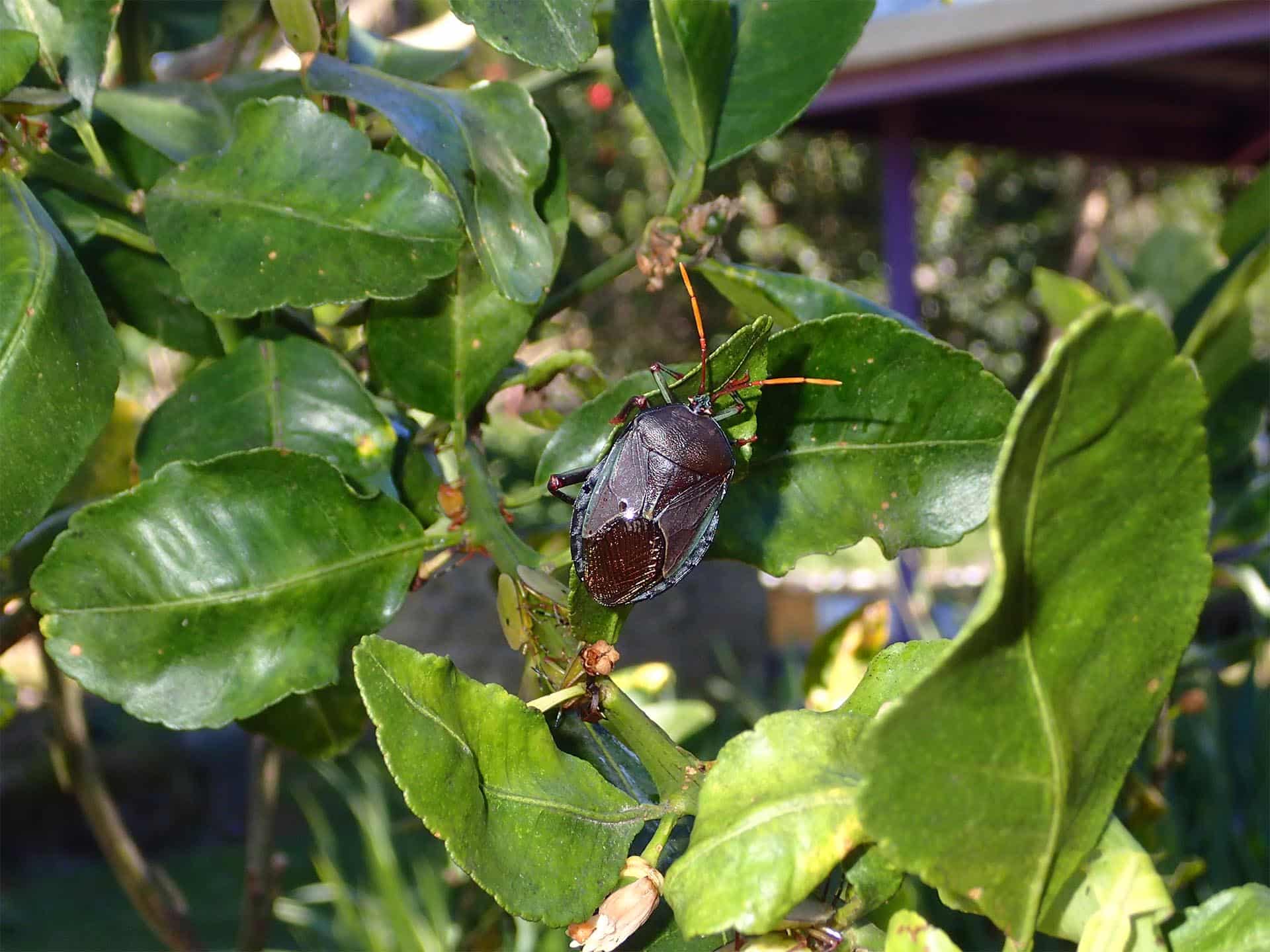

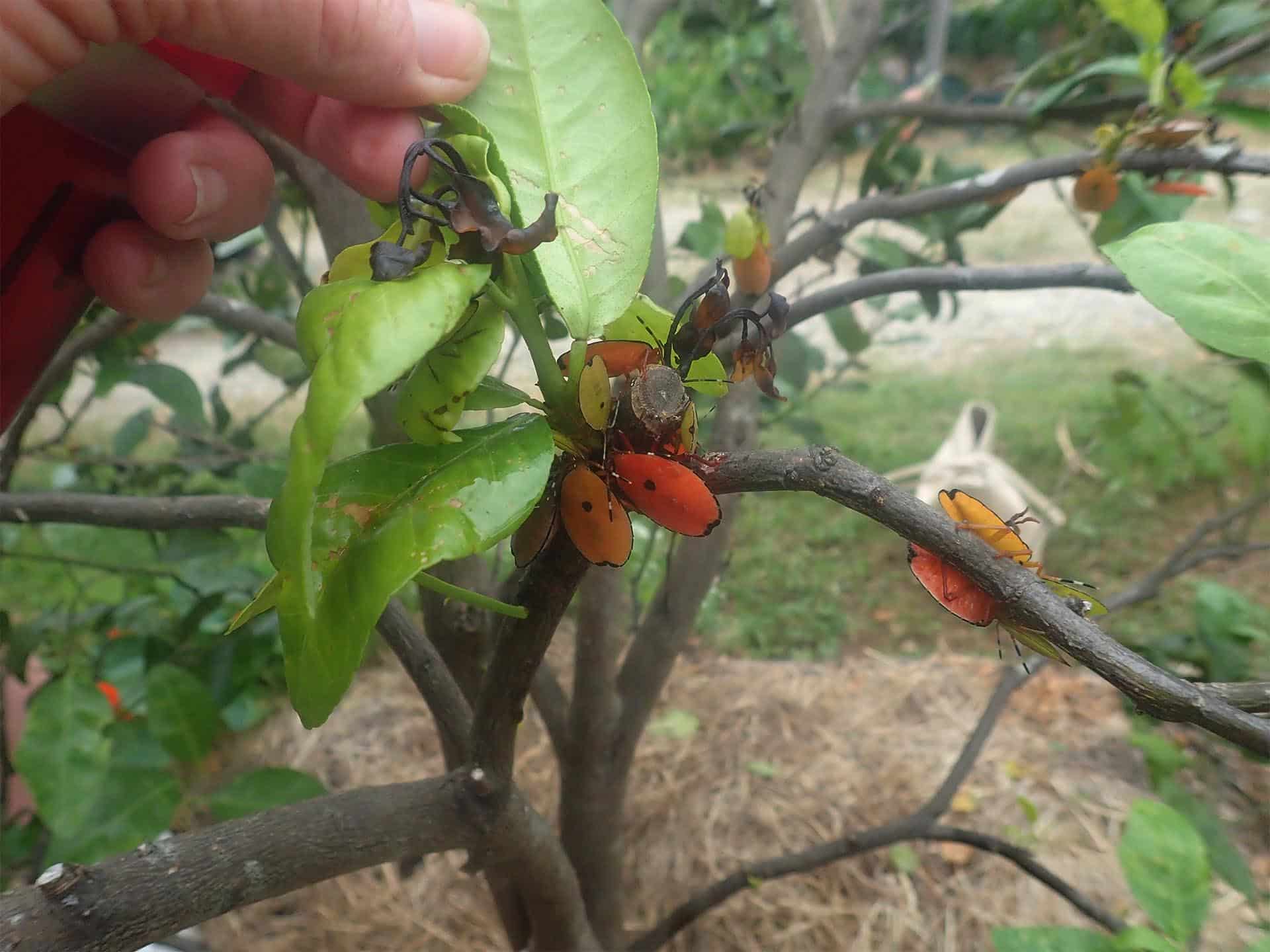



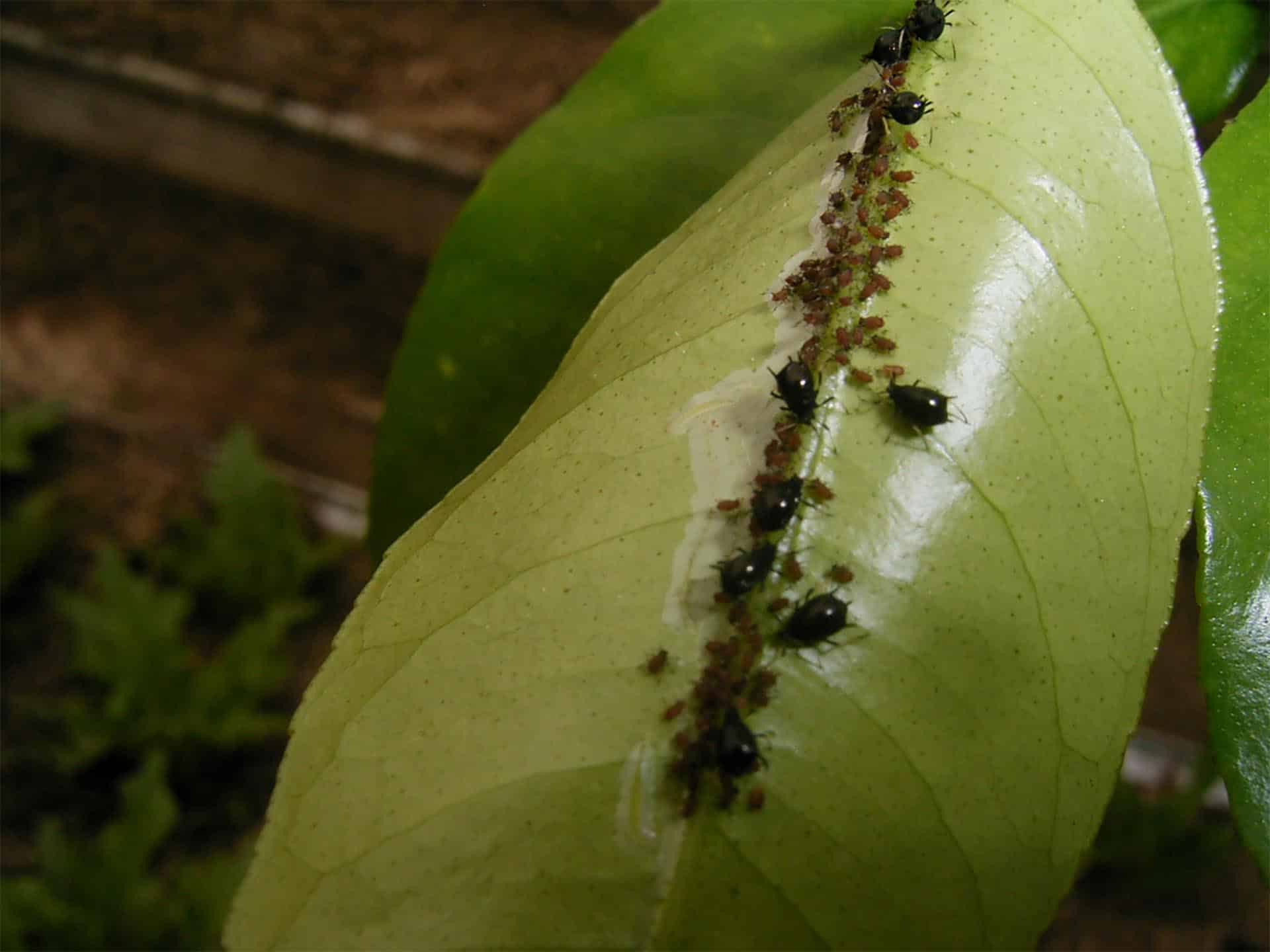

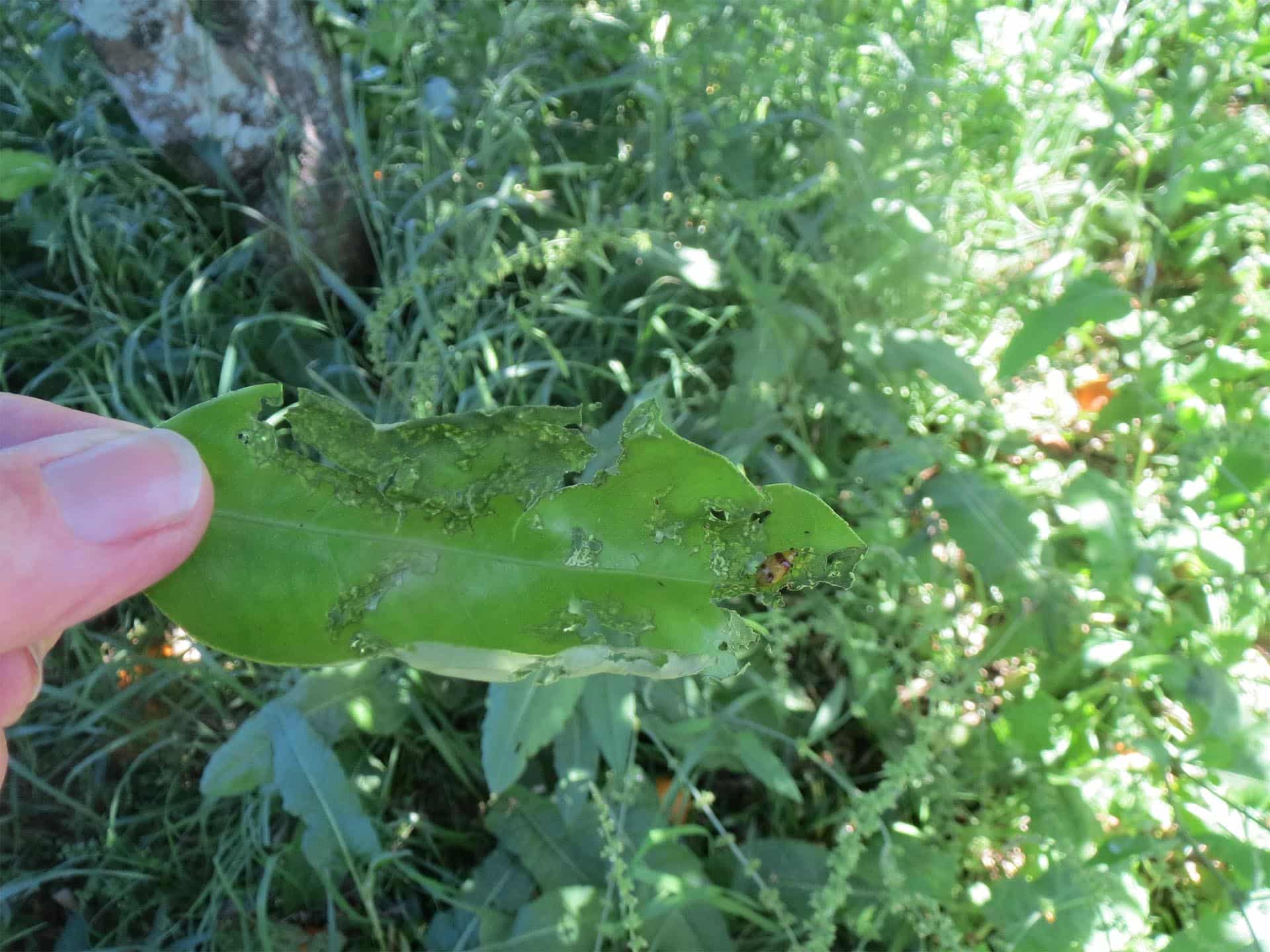



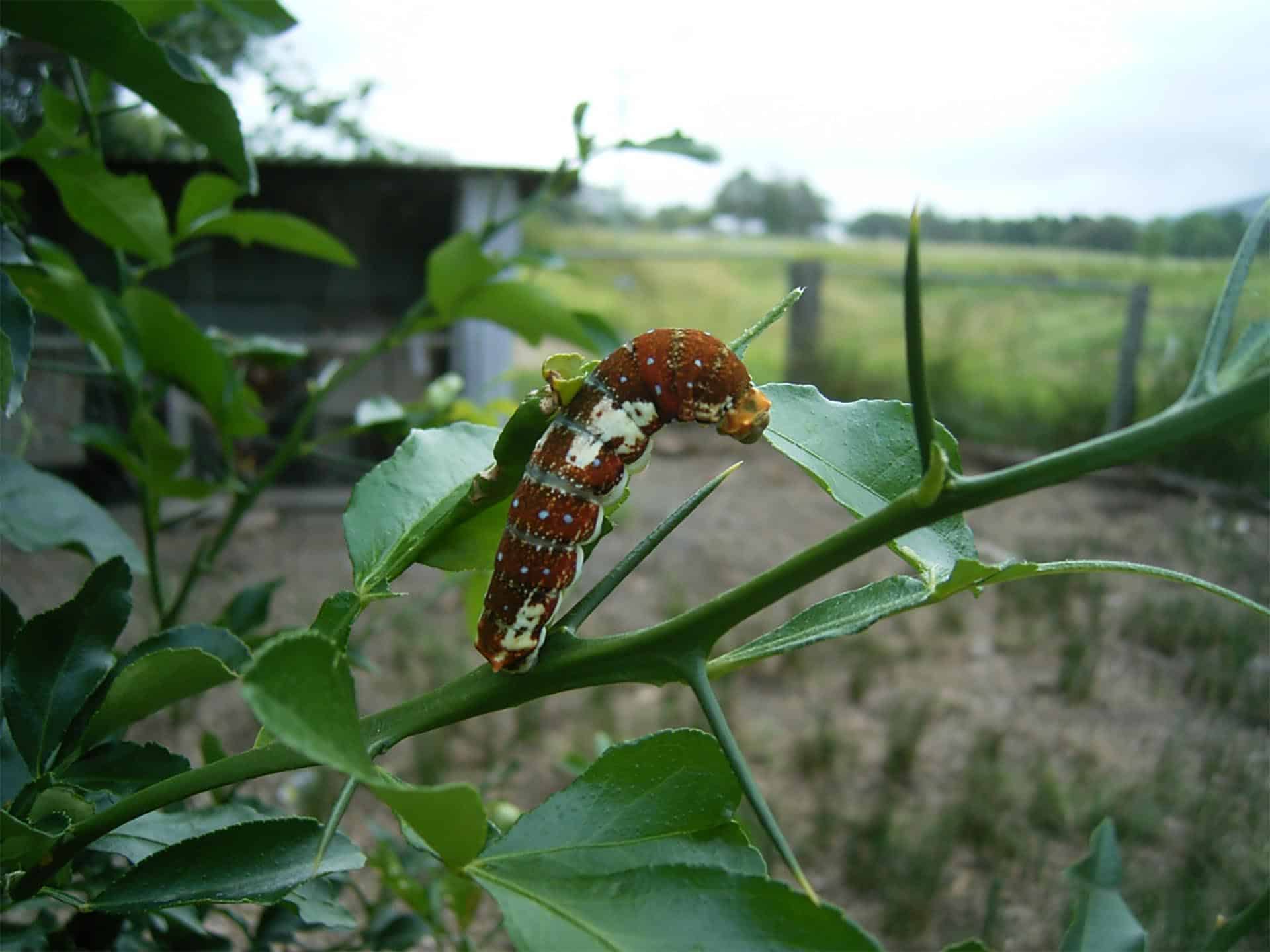
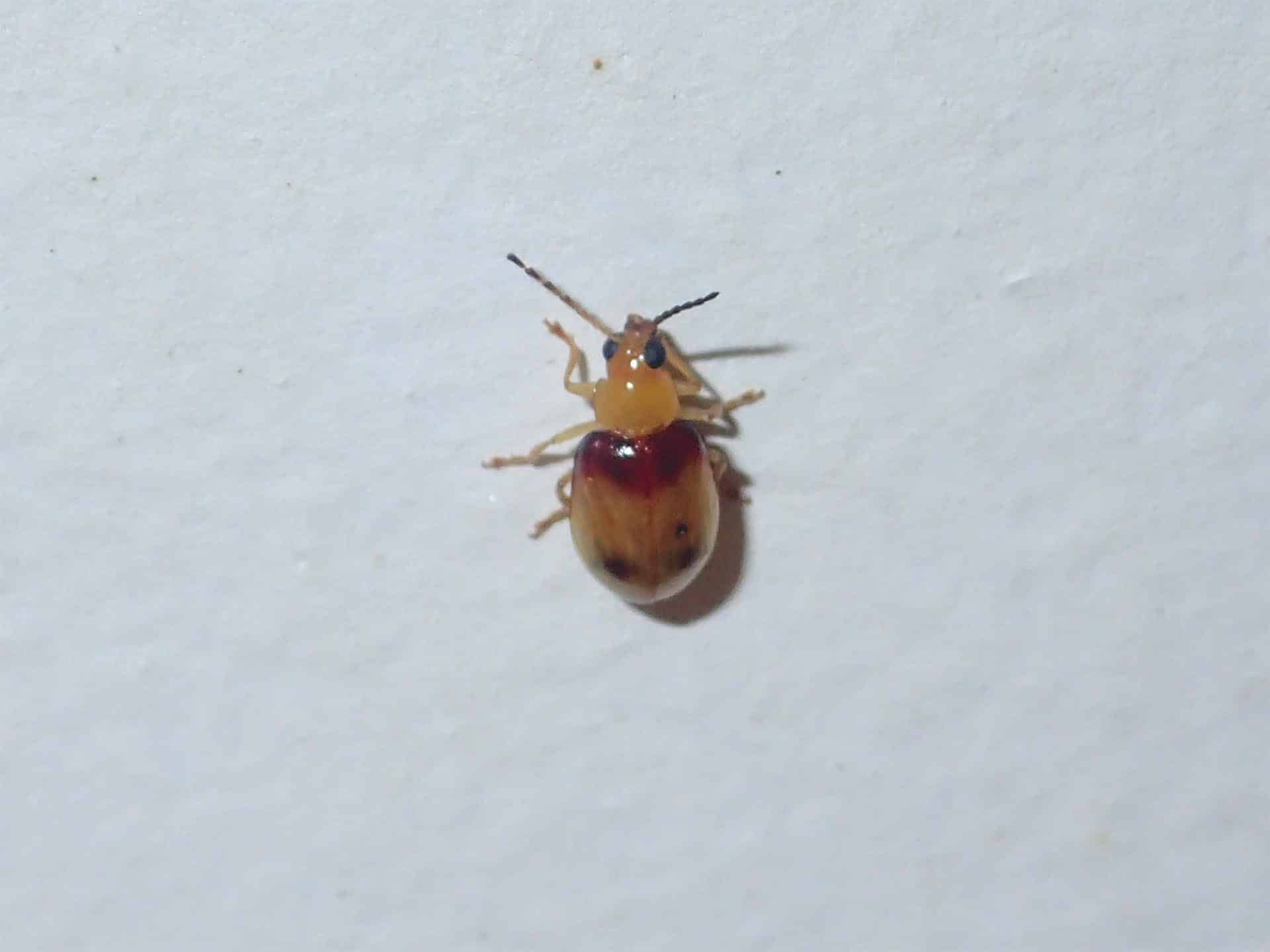

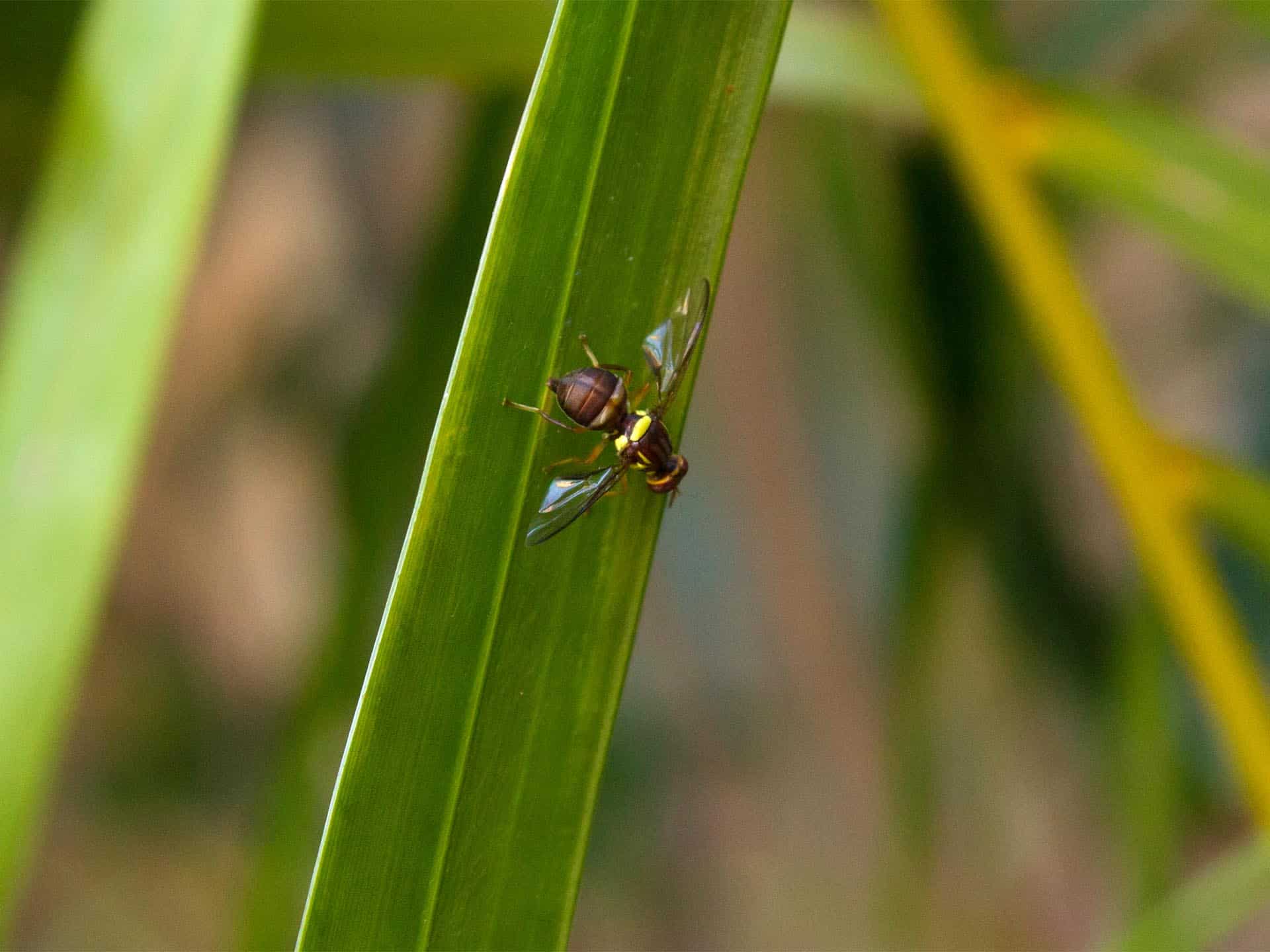
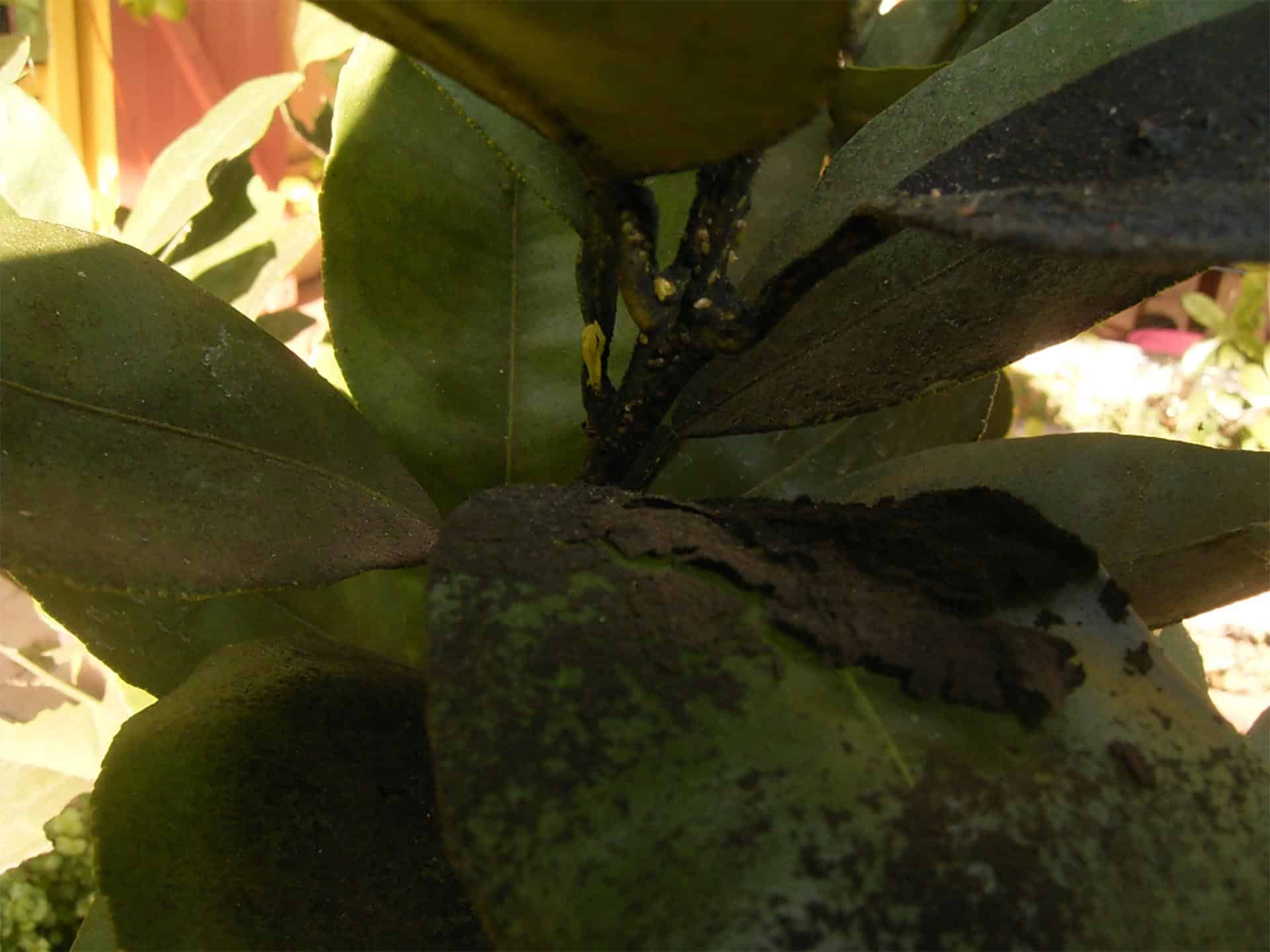
Cucumbers
Common pests:
- African black beetle - seedlings chewed at or below ground level.
- Cucumber fruit fly - brown spotting in fruit, eggs laid inside fruit.
- Cucumber moth (larvae) -chew on leaves and fruit
- Cutworm (caterpillar) - cut stems of seedlings.
- Grasshoppers - plants chewed or skeletonised.
- Leaf eating lady beetles - leaves chewed.
- Snails & slugs - chew on leaves and fruit.
- Thrips - white streaks on leaves.
- Twenty six & eight spot lady beetle- chews on fruit and leaves
- Two spotted mites - yellow stippling on leaves; webbing.





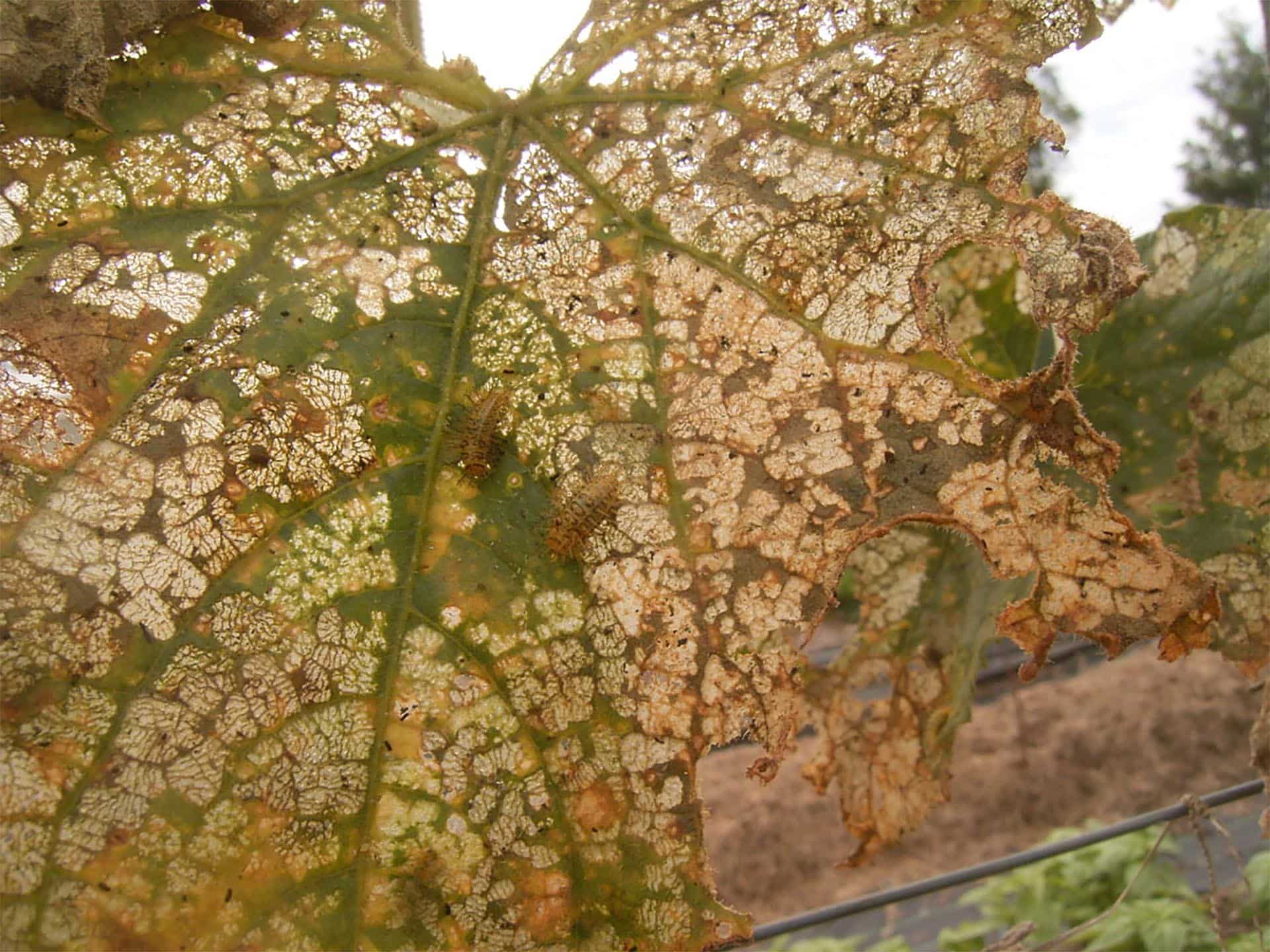





Currants and Gooseberries
Common pests
- Aphids - suck on leaves and fruit- new growth distorted- cause sooty mould
- Gooseberry sawfly - chew leaves
- Three lined potato (lema) beetle - chews leaves
- 26 / 28 spot lady beetle - chews on fruit and leaves
- Whiteflies - sap sucking


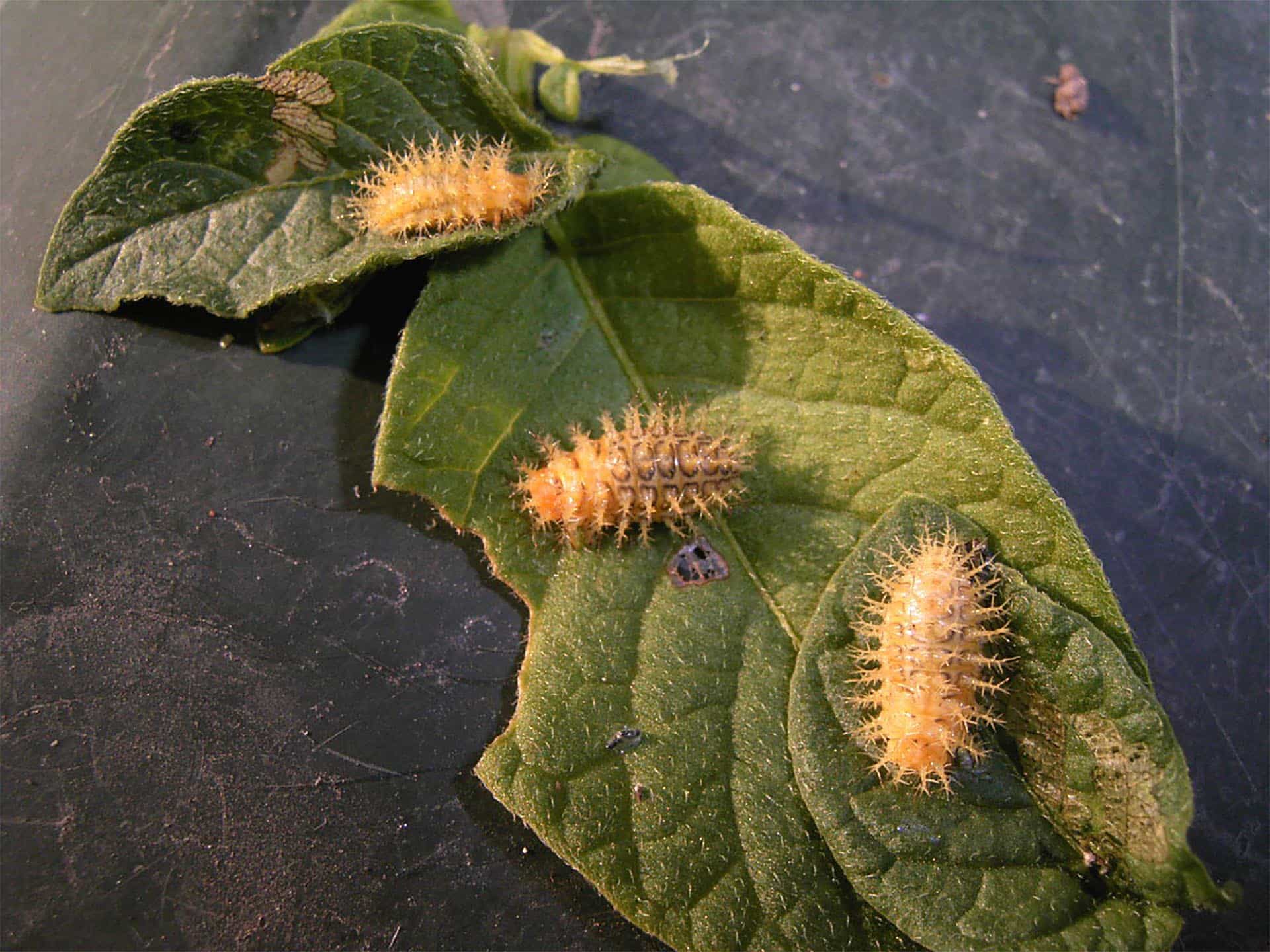
Eggplant
Common pests:
- Eggfruit caterpillar - Small holes near fruit stalk.
- Two-spotted mites - Yellow stippling on leaves; webbing, mites mainly on underside of leaves; plants can be stunted and reduced yield.
- Western flower thrips - feeds on flower bud causing scaring on fruit

Fig tree
Common pests include:
- Confused sap beetle - feed on fruit
- Darkling ground beetle - adults feed on the fruit
- Dried fruit beetle - adults and larvae feed within developing fruit
- Earwig - minor pest - will feed on fruit
- Fig leaf (tree) beetle - skeletonise the leaves
- Fig blister mite - attack green and ripe fruit - cause the fruit to brown inside
- Fig scale - sucking insects attack young shoots and foliage - transmit viruses - cause sooty mould
- Fig tree borer - larvae feed on the bark and tunnel into the tree
- Freeman sap beetle - feed on fruit
- Navel orangeworm (caterpillar) - larvae of moth - scarring on fruit and flesh damage (currently not in Australia)
- Queensland fruit fly - eggs laid in the fruit
- Root knot nematode - attack the root
- Two spotted (spider) mite - attack leaves



Hibiscus - Rosella
Hibiscus seems to get attacked by many insects.
Common pests:
- Aphids - suck sap from leaves- cause sooty mould
- Beetles- adults chew leaves - larvae chew roots
- Cottonseed bug - feeds on seeds
- Hibiscus flower beetle - lays eggs in flower and larvae feed on the petals - like pollen and damage flowers getting to it
- Mealy bugs - sap suckers
- Pale cotton stainer - pierce and suck stems - damages flowers
- Scale - sap suckers
- Spider mites - suck moisture and chlorophyll out of leaves
- Thrips - lay eggs within the flower bud which results in the bugs dropping off
- Shield (stink) bugs - pierce and suck stems
- Snails & slugs - chew leaves and flowers
- Whiteflies - suck sap from leaves- cause sooty mould
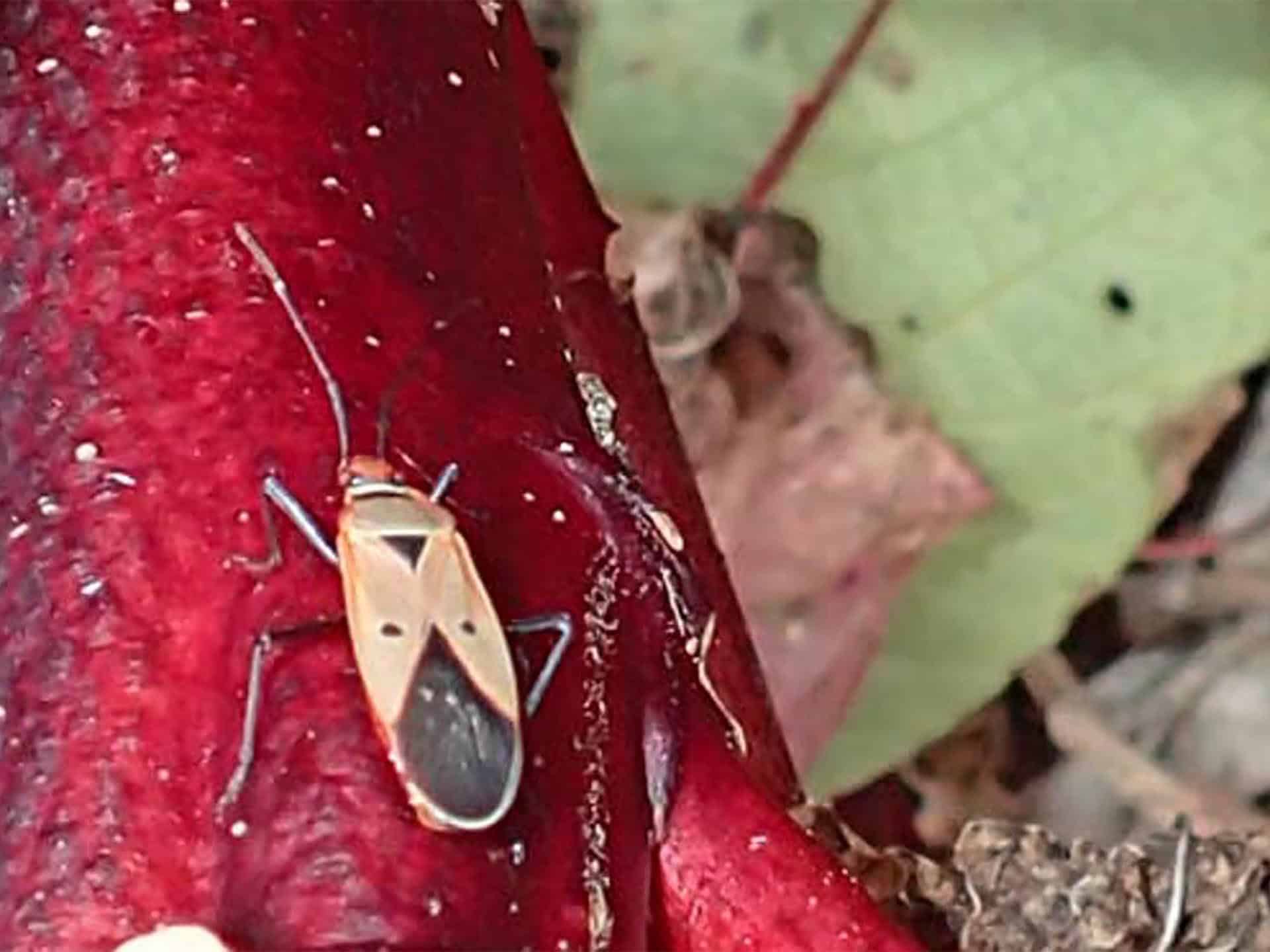



Lettuce & Leafy Greens
Common pests:
- Aphids - suck sap from leaves
- Caterpillars - chew leaves
- Flea beetles - small holes in leaves
- Grasshoppers - chew leaves
- Leafhoppers - chew leaves
- Rutherglen bug - suck sap from leaves
- Snails and slugs - chew leaves - damage edges of leaves






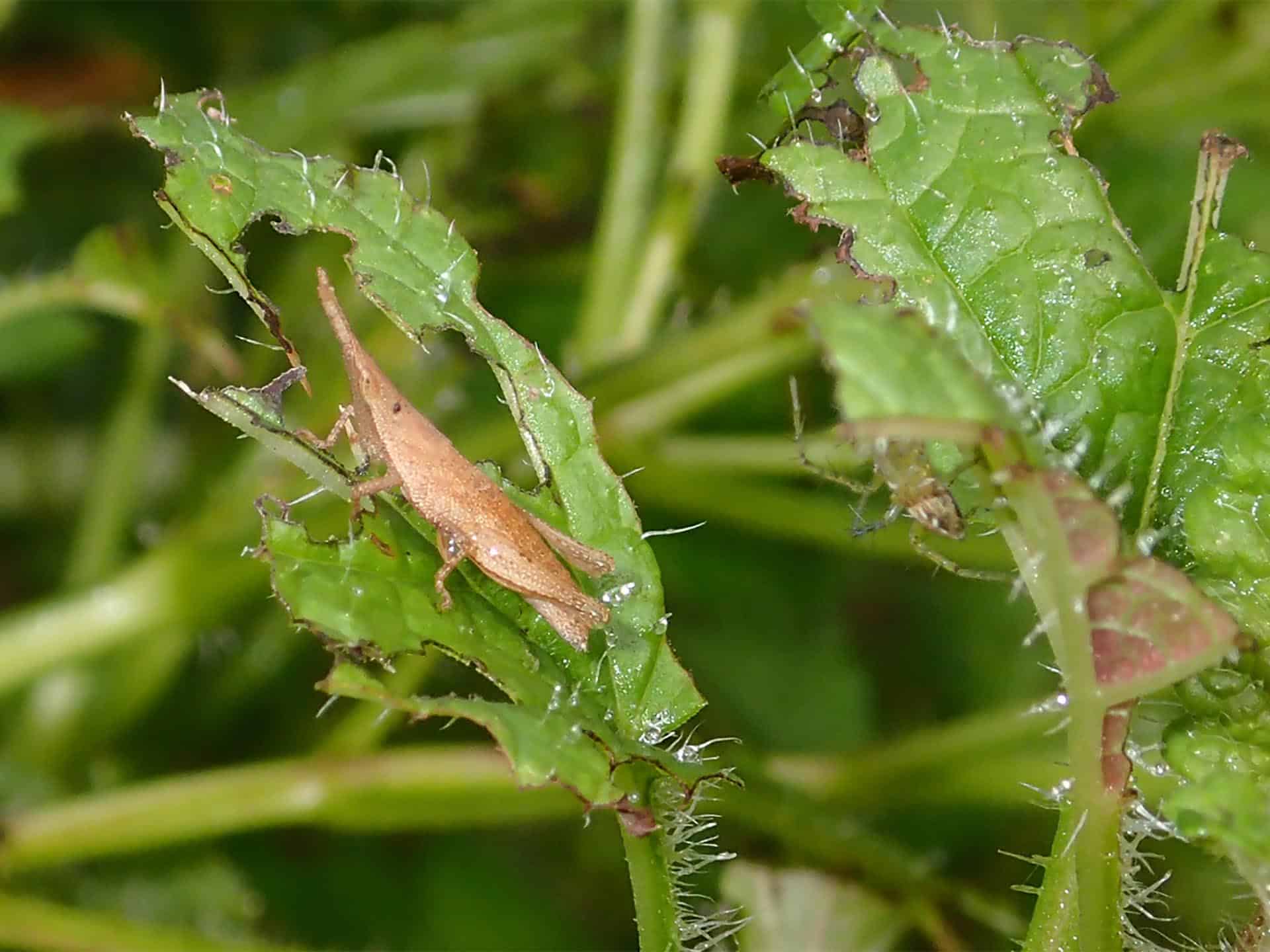


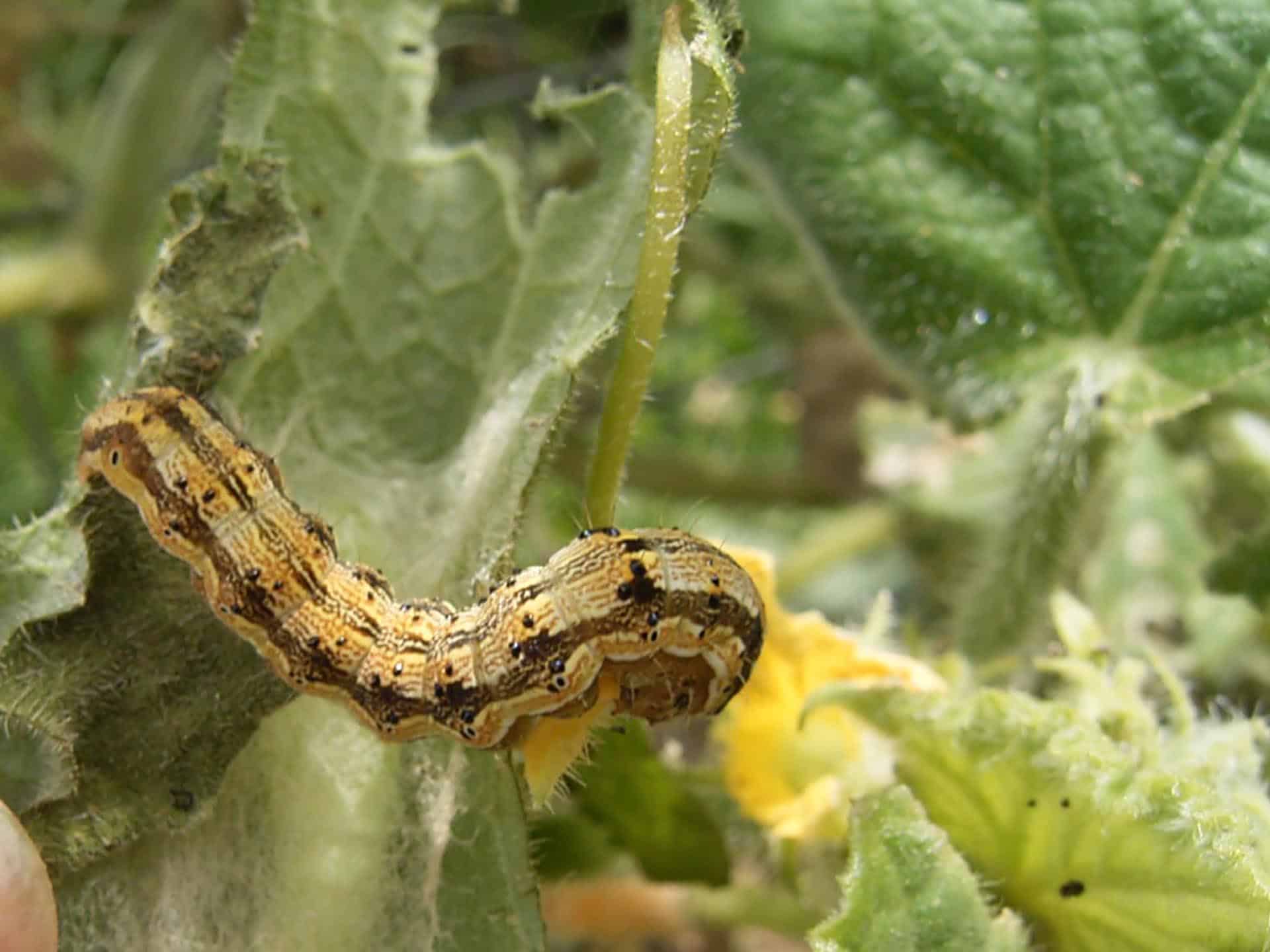


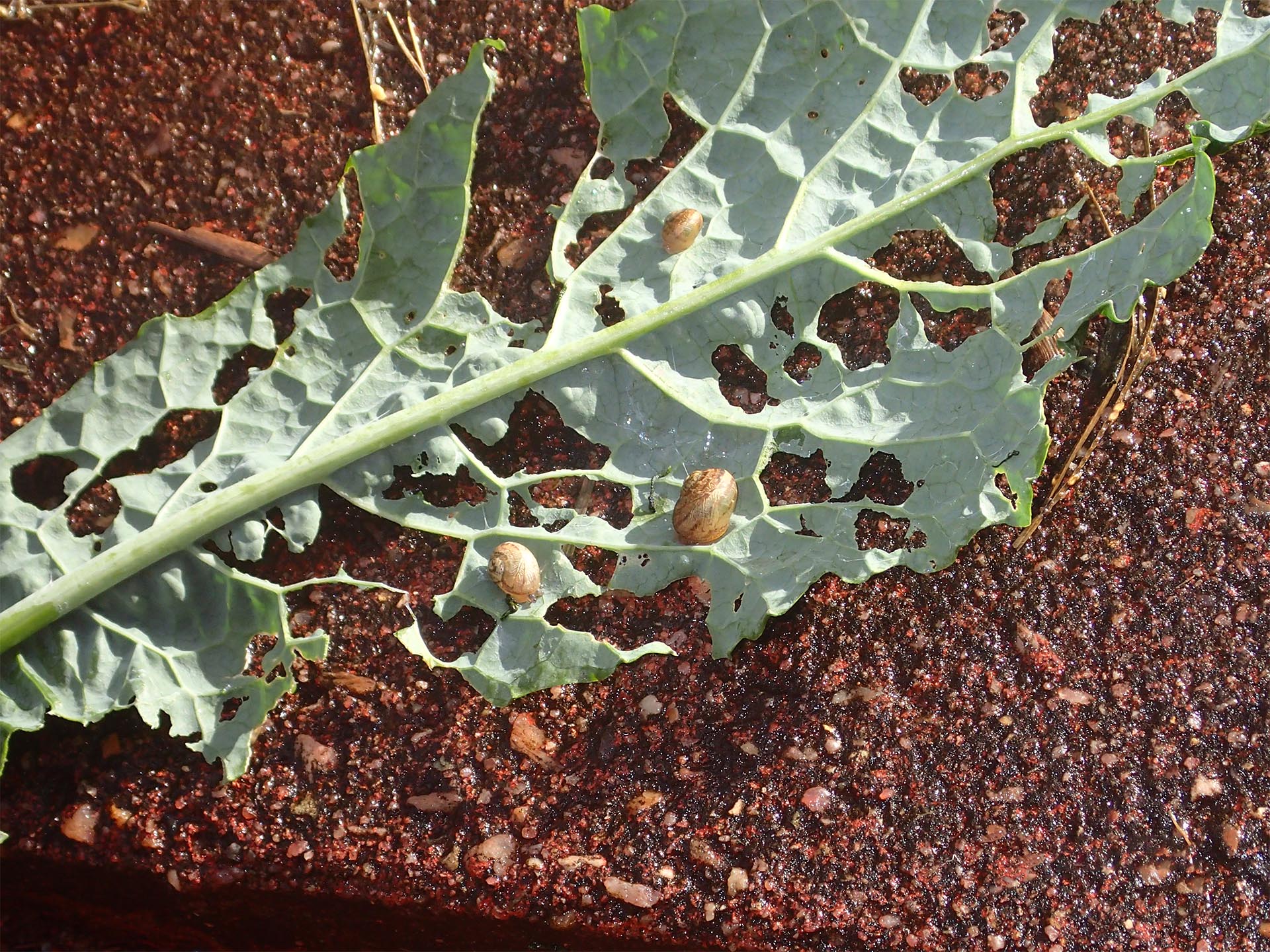





Onion
Includes garlic, spring onions, leeks, chives, garlic chives
Common pests:
- Onion maggot - Seedlings die; seed fail to germinate; maggots at roots
- Thrips - White streaks on leaves; tiny insects
- Wireworm - Seedlings damaged
Peas
Common pests:
- Garden weevil; white fringe weevil - stems and foliage chewed (adult)
- Grass hoppers and locusts - Plants chewed or skeletonised
- Green vegetable bug - sucks the pods and stems
- Looper caterpillar - attacks foliage
- Lucerne flea - small irregular patches on leaf, sometimes lower surface;
- Native budworm (caterpillar) - holes in pods
- Pea weevil - foliage and flowers of flowering peas eaten by adults; larva in green pea seeds.
- Two-spotted mites - yellow stippling on leaves; webbing, mites mainly on underside of leaves; plants can be stunted and reduced yield.

Peppers
Common pests:
- Caterpillars - chew leaves and fruit
- Snails & slugs - will attack fruit as well as leaves
- Two spotted mites - yellow stippling on leaves; webbing, mites mainly on underside of leaves; plants can be stunted and reduced yield.
- Thrips - deform flowers and leaves- scarring on fruit- transmit diseases


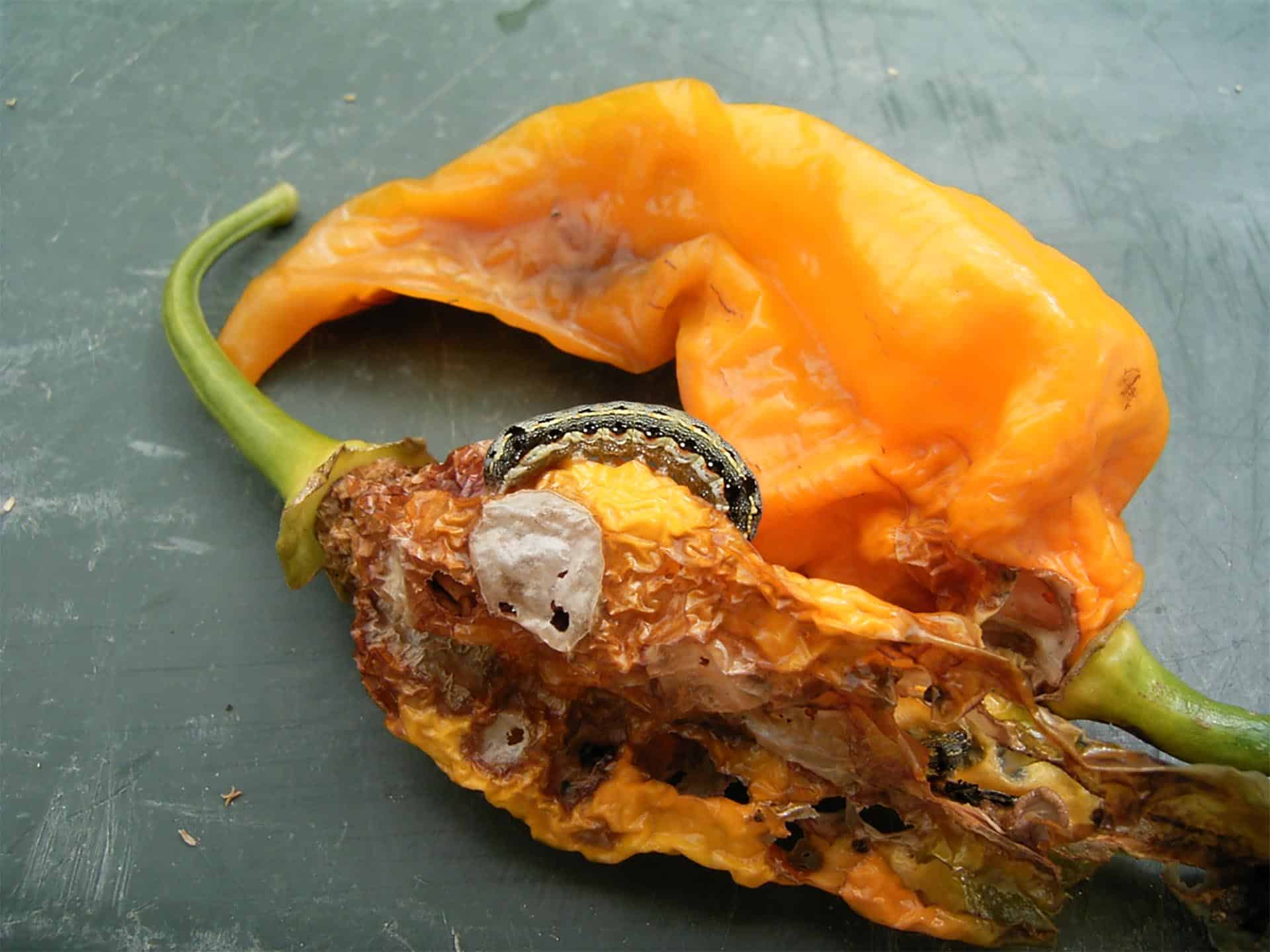
Potatoes
Common pests:
- African black beetle - seedlings chewed at or below ground level -holes in tubers.
- Garden weevil - foliage chewed (adult) and boring into tubers (larva)
- Grasshoppers - Plants chewed or skeletonised
- Green vegetable bug - pierce and suck stems and leaves
- Large leaf eating lady beetles - leaves skeletonised
- Leafhoppers - Leaves mottled-pierce and suck
- Looper caterpillar - attack foliage
- Lucerne flea - small irregular patches on leaf,
- Potato moth - chews leave; hollows out stems; tunnels into tubers
- Snails & slugs - Slimy tracks; holes in leaves
- 26 & 28 spot lady beetles -l eaves skeletonised
- White fringed weevil -foliage chewed (adult) and boring into tubers (larva)
- Wireworms (larvae of click beetles) - tunnels into tubers




Pumpkins
Common pests:
- Aphids - feed on leaves and young tip growth - transmit diseases - cause sooty mould
- African black beetle - seedlings chewed at or below ground level
- Cutworm (caterpillar) - cuts the seedlings off at ground level
- Green vegetable bug -sucks on leaves
- Heliothis caterpillar -- chew leaves, flowers and fruit
- Pumpkin beetle - chew foliage
- 26/28 spotted lady beetle - chews leaves
- Two spotted mite - sap suckers - cause leaf to shrivel and drop off
- Thrips - lay eggs in leaves, flower buds and fruit - stunted leaves - scarred and deformed fruit



Silverbeet
Common pests:
- Aphids - sap suckers- cause sooty mould - transmit viruses
- Beet webworm - larvae of a moth - ragged holes in leaves
- Caterpillar - chew leaves
- Garden weevil - adults eats stems, foliage and roots
- Green vegetable bug - suckers
- Rutherglen bug- pierce and suck on leaves
- Snails and slugs - chew leaves - trails leave marks on leaves
- Thrips - transmit diseases - deform and scar leaves
- White fringed weevil - adults eats stems, foliage and roots

Strawberries
Common pests:
- Aphids - suck sap from leaves and buds- cause sooty mould - transmit diseases
- Cluster caterpillar - chews leaves, flower buds and fruit
- Grasshoppers - leaves chewed
- Queensland fruit fly - lays eggs in fruit
- Rutherglen bug - damage flowers, fruit and seed - deform fruit - generally don’t do much damage
- Slugs & snails - chew fruit and leaves
- Strawberry root weevil - larvae feed on roots- adults feed on the leaves
- Spittle bugs - nymphs are sap suckers- reduce strawberry size
- Two spotted mite - deforms fruit, sucks on leaves
- Western flower thrip - larvae and adults damage flowers and fruit
- White curl grub - eats roots







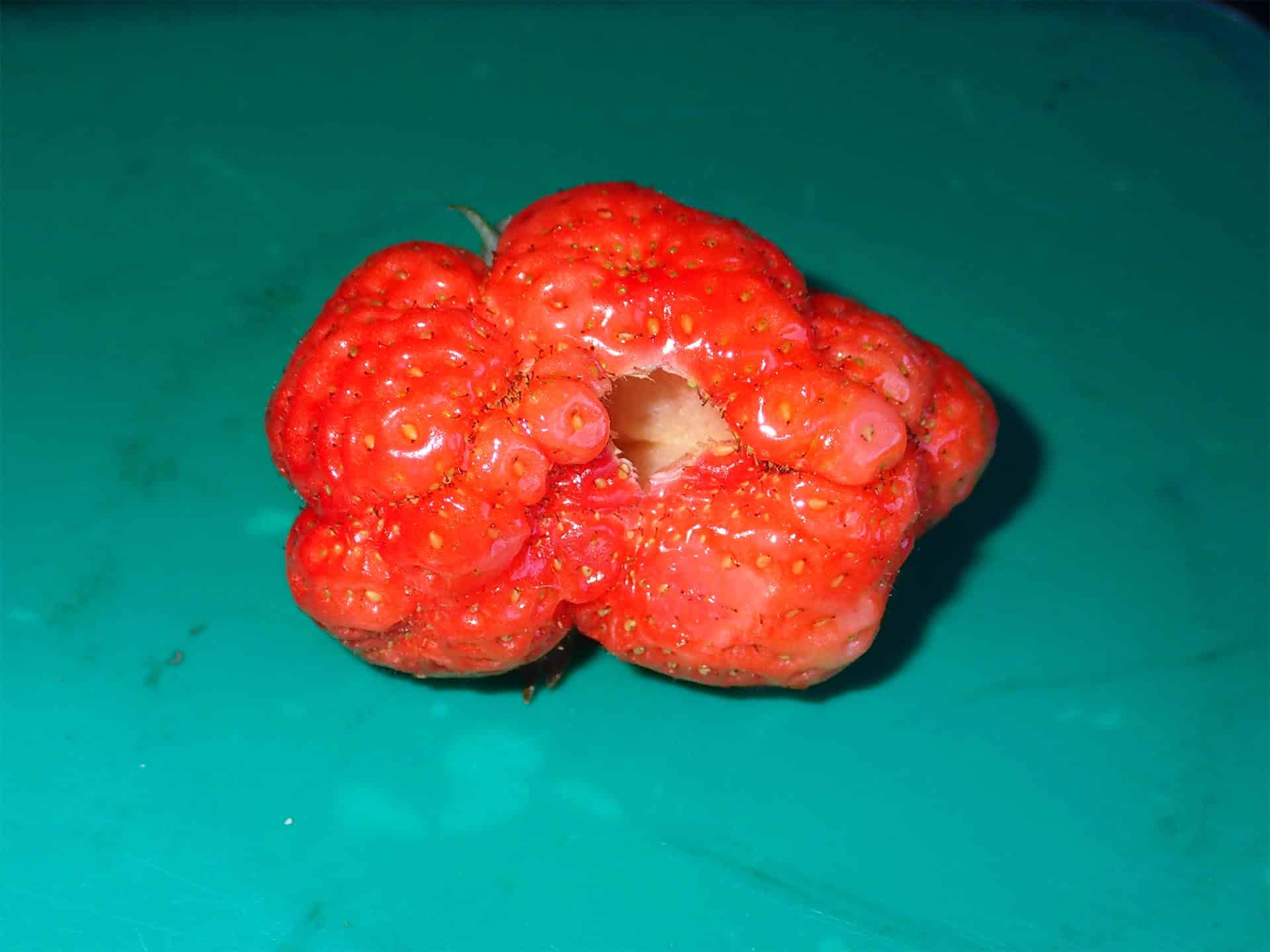
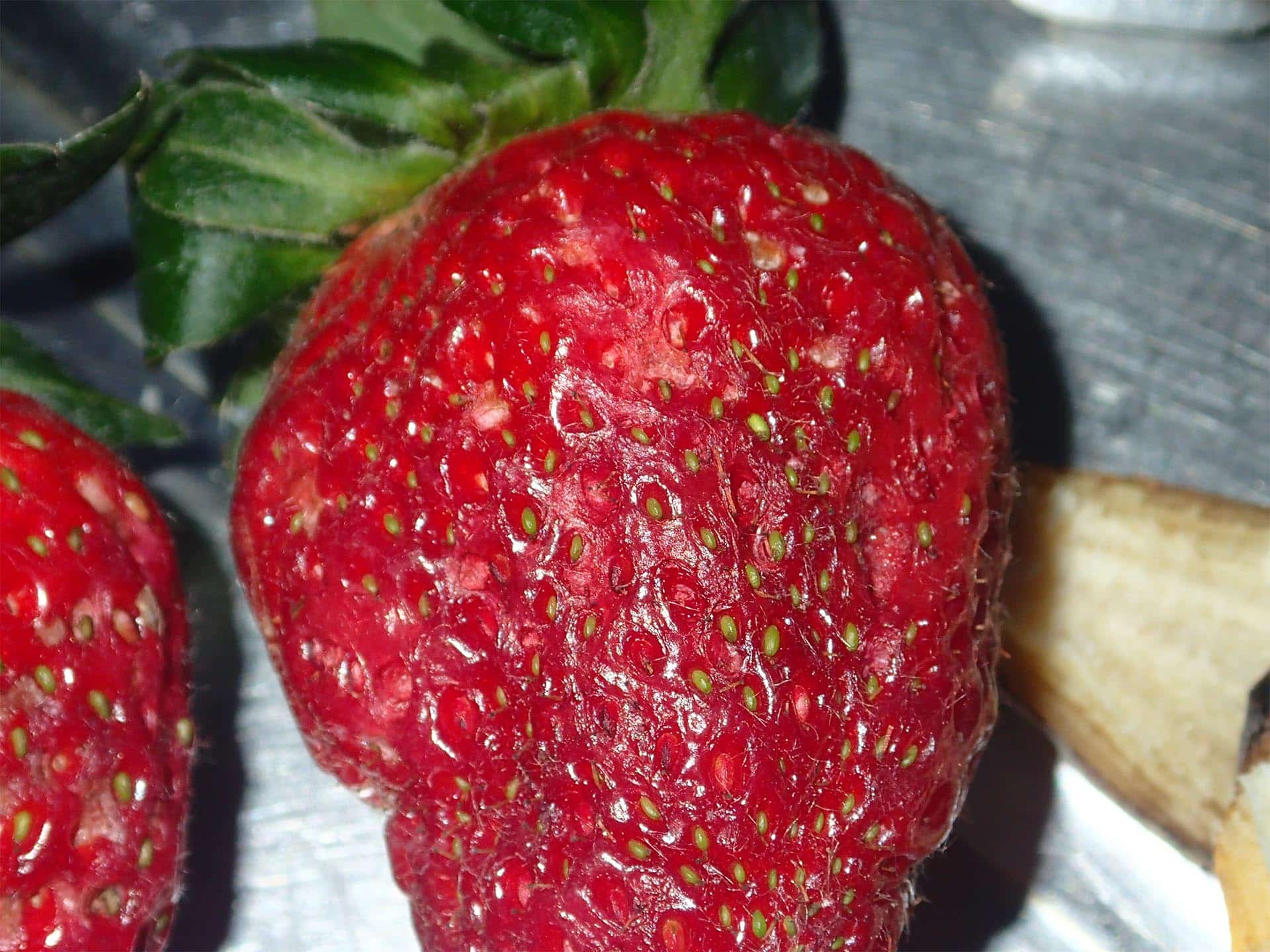
Sweet Potatoes
Common pests:
- Flea beetle - chews holes in leaves
- Garden weevil - adults chew on stems and foliage; larvae bore tunnels into tubers
- Mole crickets - holes in tubers.
- Sweet potato leaf miner - tunnels into leaf tissue creating tracks
- Sweet potato weevil - adults chew on stems and foliage; larvae bore tunnels into tubers
- Tortoise beetle - chews holes in leaves
- White fringed weevil - adults chew on stems and foliage; larvae bore tunnels into tubers





Sweet Corn
Common pests:
- African black beetle - seedling chewed at or below ground level
- Corn earworm cutworm - holes in leaves and damage to cobs
- Grasshoppers - plants chewed, leaves skeletonised
- Green vegetable bug - kernels of corn shrivel
Tomatoes
Tomatoes also get attacked by a wide range of insects.
Common pests:
- Aphids - suck on new shoots - produce honey dew
- African black beetle - chews young seedlings (like cutworm)
- Blister beetles - feed on foliage
- Cutworm (caterpillar)- cut of seedlings - a number of different species of moth produce cutworms
- Flea beetles - feed on foliage
- Grasshoppers - chew leaves
- Green vegetable bug - hard spots where it has pierced fruit
- Leaf eating lady beetles - chew leaves
- Leafhoppers - pierce and suck on leaves - transmit diseases
- Looper caterpillar - chew on leaves and fruit
- Native budworm (caterpillar) - chews on leaves and fruit
- Nematodes - attack roots
- Queensland fruit fly - lays eggs in fruit
- Slugs and snails - chew leaves and fruit
- Spider mites (two spotted) / - leaf tips and flower buds damaged
- Thrips - sap suckers - disease carriers
- Tomato russet mite - leaf tips and flower buds damaged
- Whiteflies - pierce and suck stems and leaves
- Wireworms - attack roots







